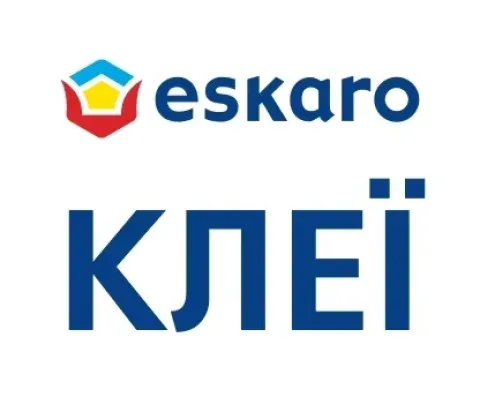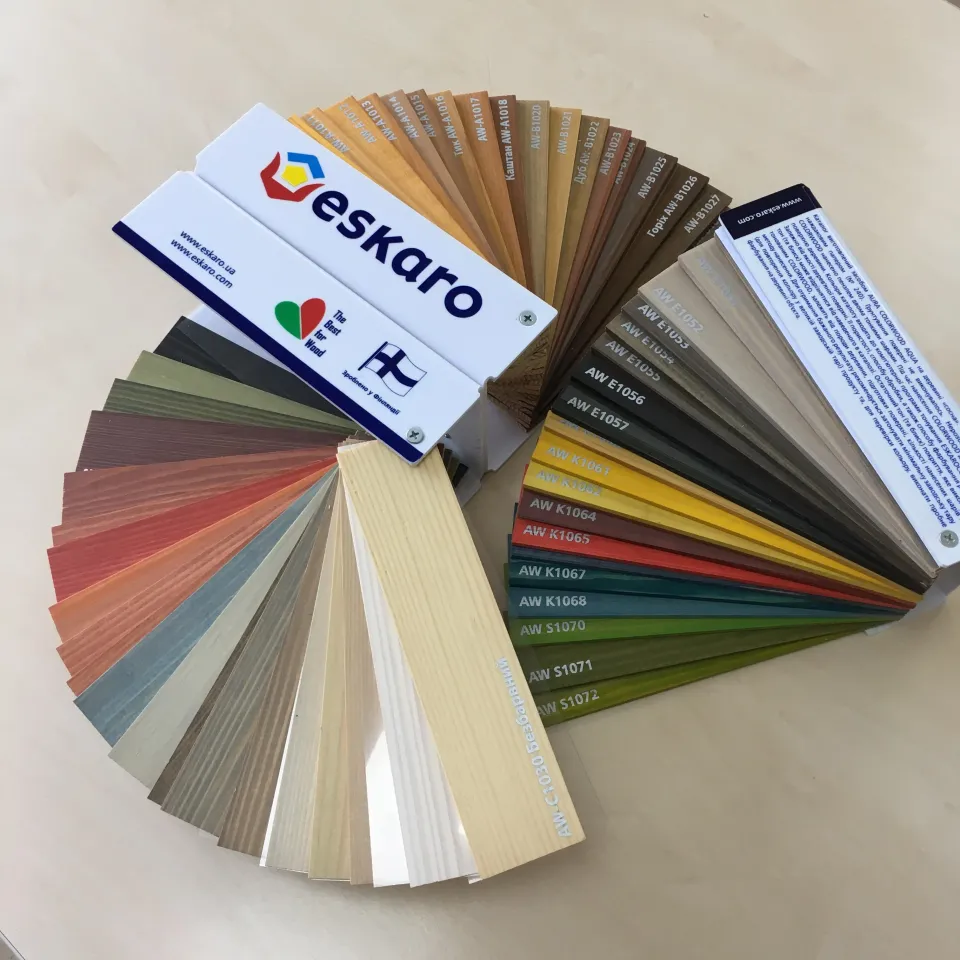
Catalog of colors for tinting colorless transparent and translucent wood preservatives, varnishes, and oils.
This color catalog is recommended to be used as a sample for choosing the "direction" of the desired color when tinting colorless wood-protective transparent and translucent products, as well as varnishes, oils and wood stains. However, this is possible only if the appropriate recommendations and conditions relating to the features of tinting and use of each specific product are met. The catalog presents 58 original colors that are included in the ESKAROCOLOR computer tinting program.
Attention! Depending on the quality of the wooden surface, its porosity, the method of processing, and the method of painting, the actual tone may differ from that given in the catalog. The final tone of the coating, which is made with a tinted agent, depends on the type of wood, surface preparation, the number of applied layers and the method of application. In addition, it is necessary to remember that the color reproduction on different types of monitors will be different and the shade of color closest to the real one can be chosen only having in hand the catalog with the original colors. The catalog presents photos of real colors of the tinted wood-protecting agent COLORWOOD AQUA, which are made on "pine" wood. The procedure for preparing the wood surface and applying COLORWOOD AQUA on the sample: The planed surface of the wood was sanded with sandpaper (No. 240). The surface was not primed. Undiluted tinted COLORWOOD AQUA was applied with a brush in two thin layers. The consumption for each layer was 10-12 m 2 /l. During application, COLORWOOD AQUA rubbed well into the wood surface.
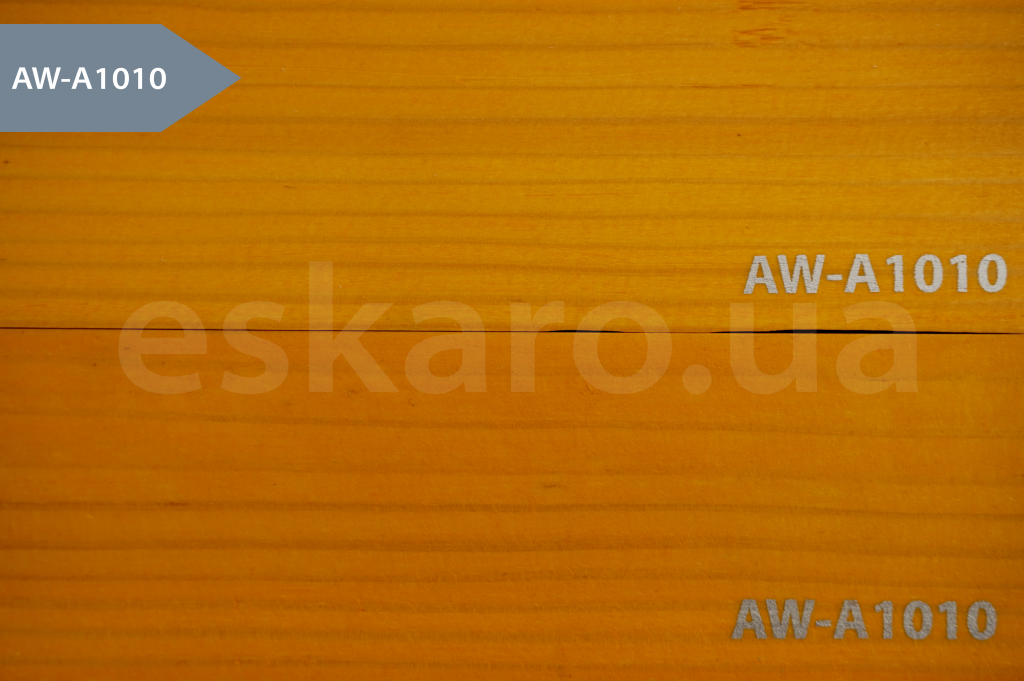
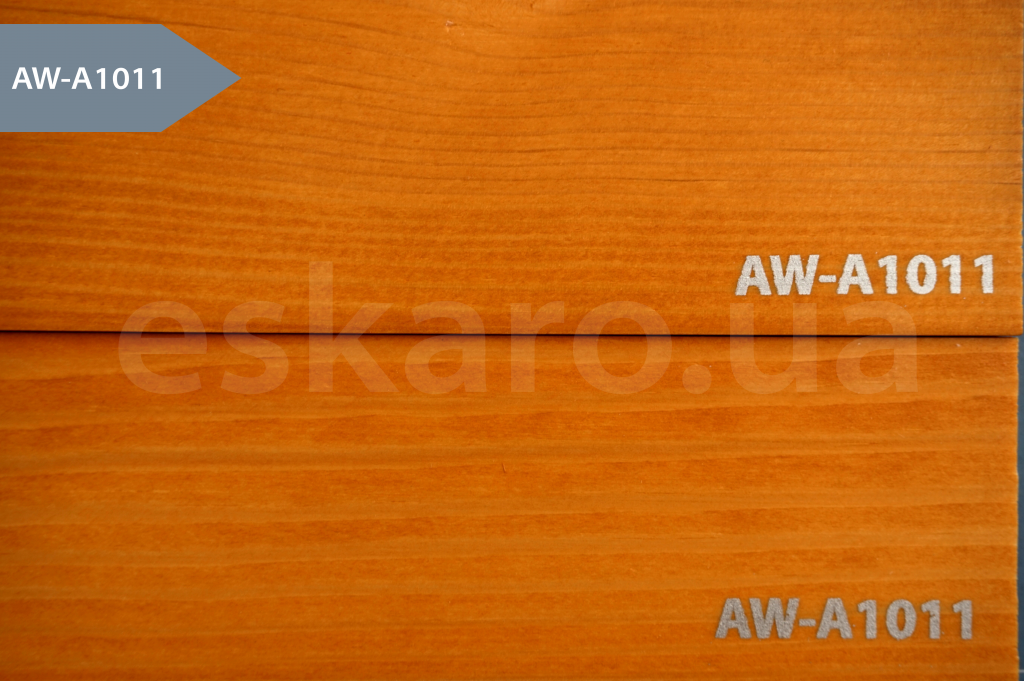
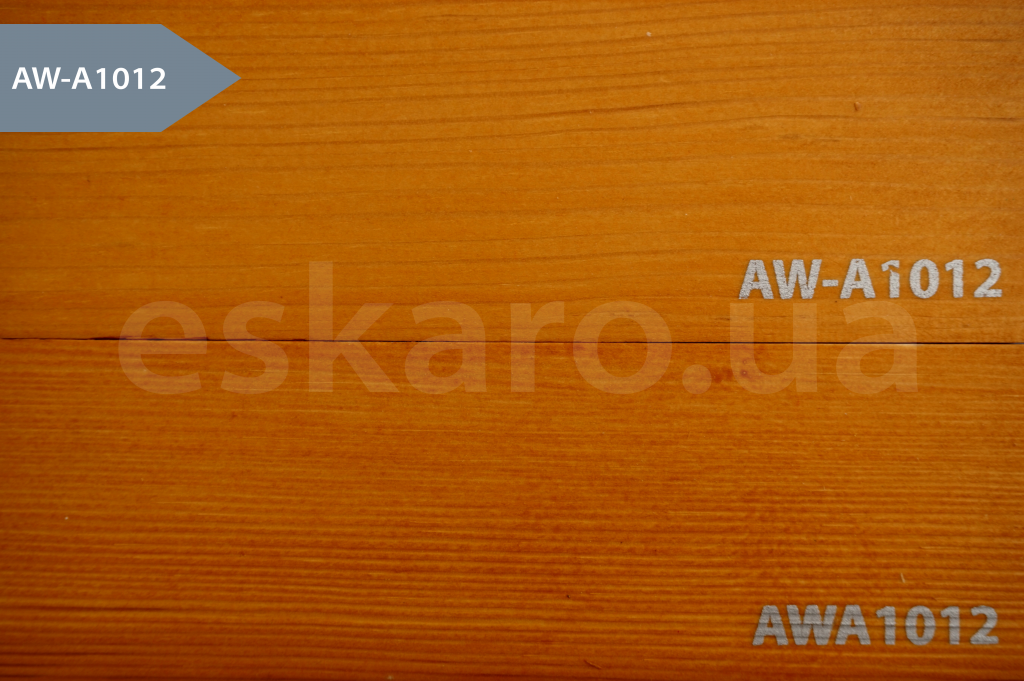
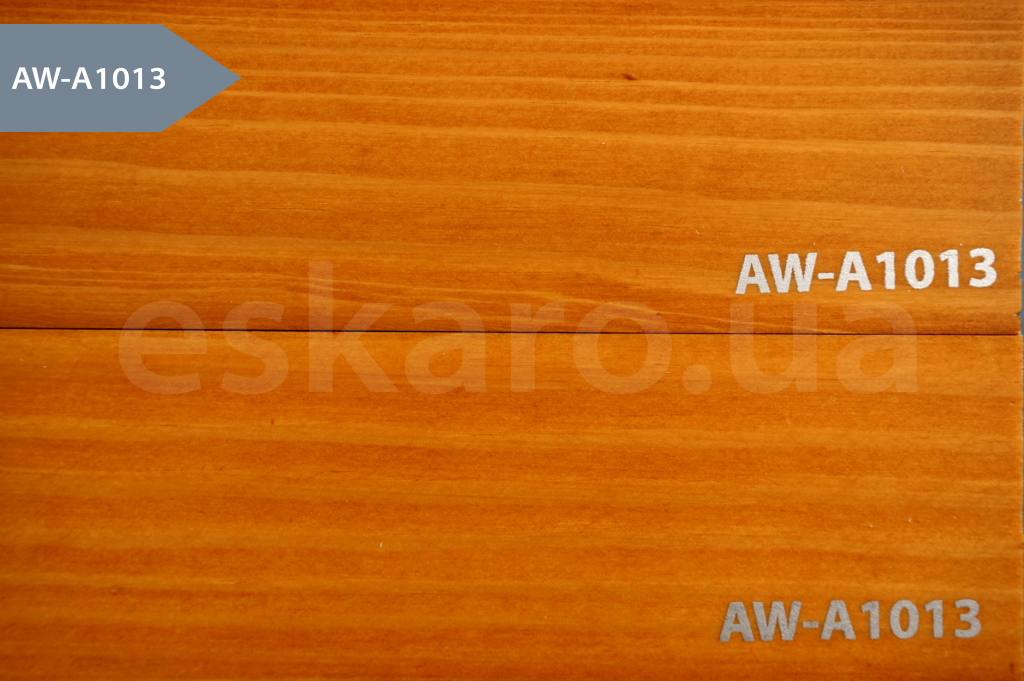
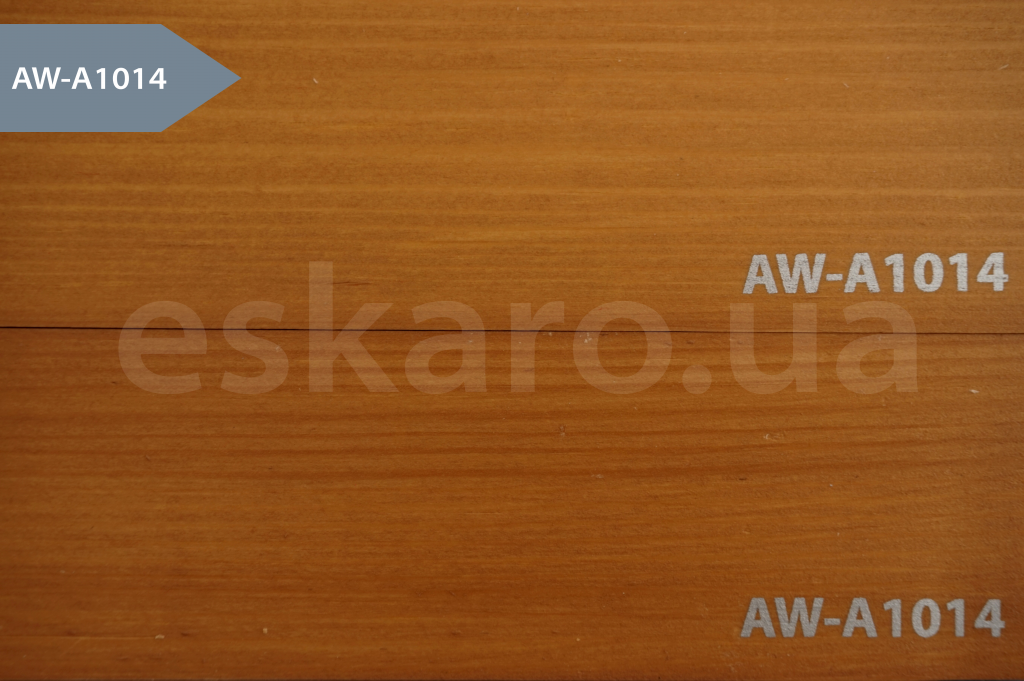
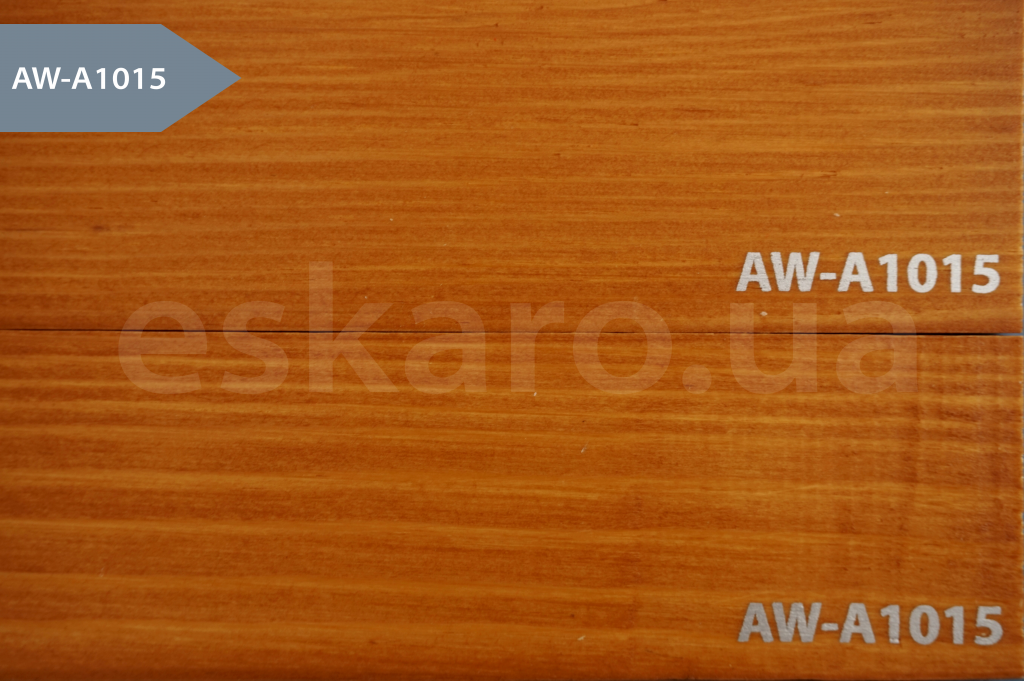
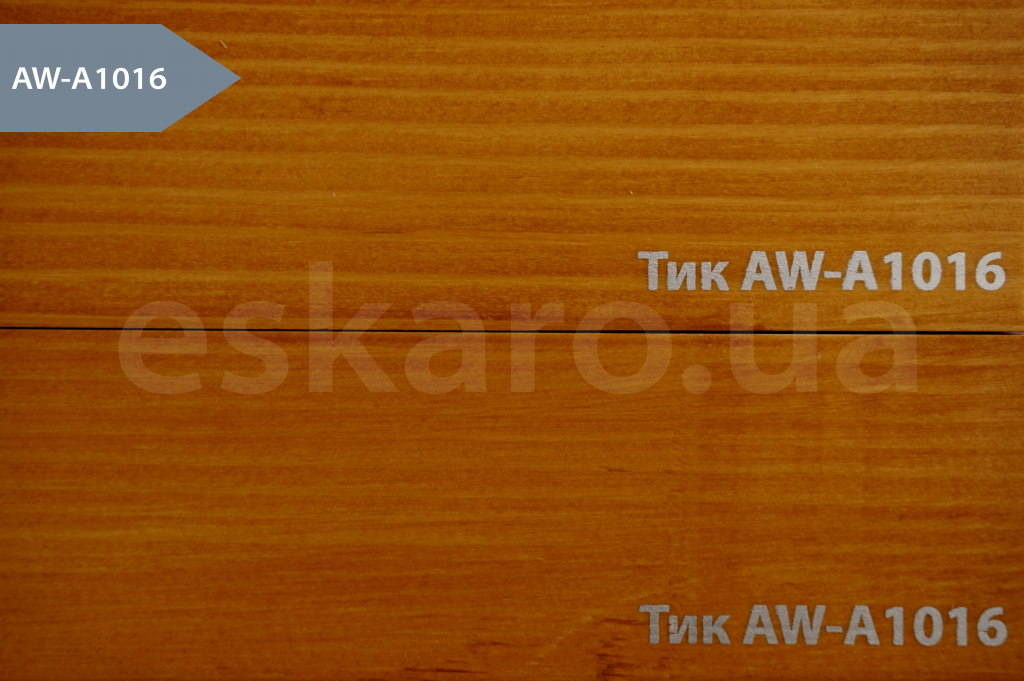
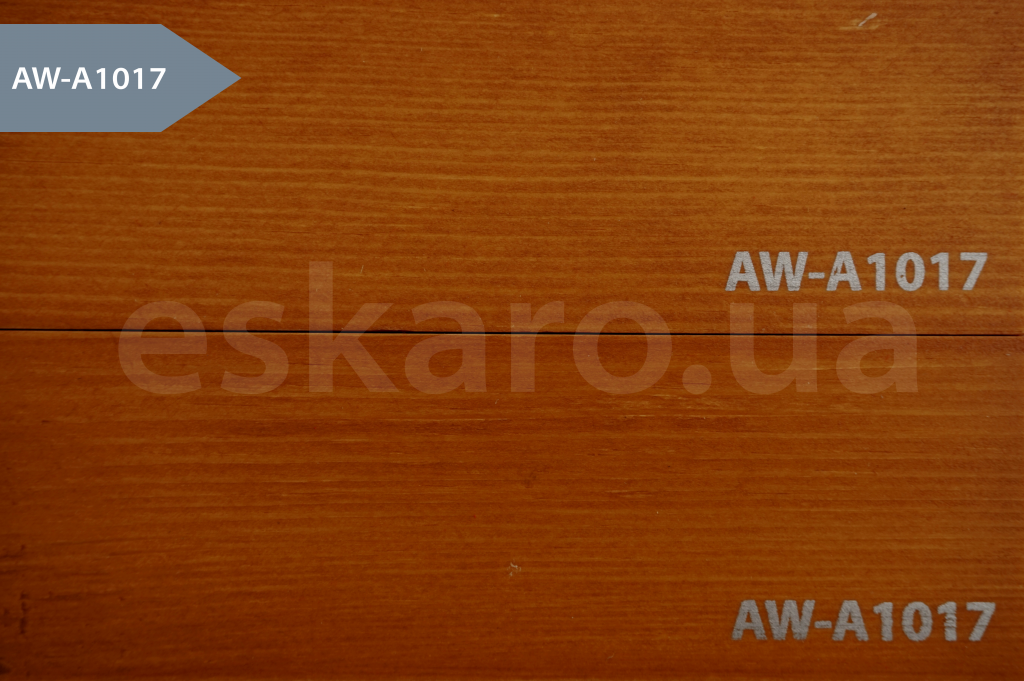
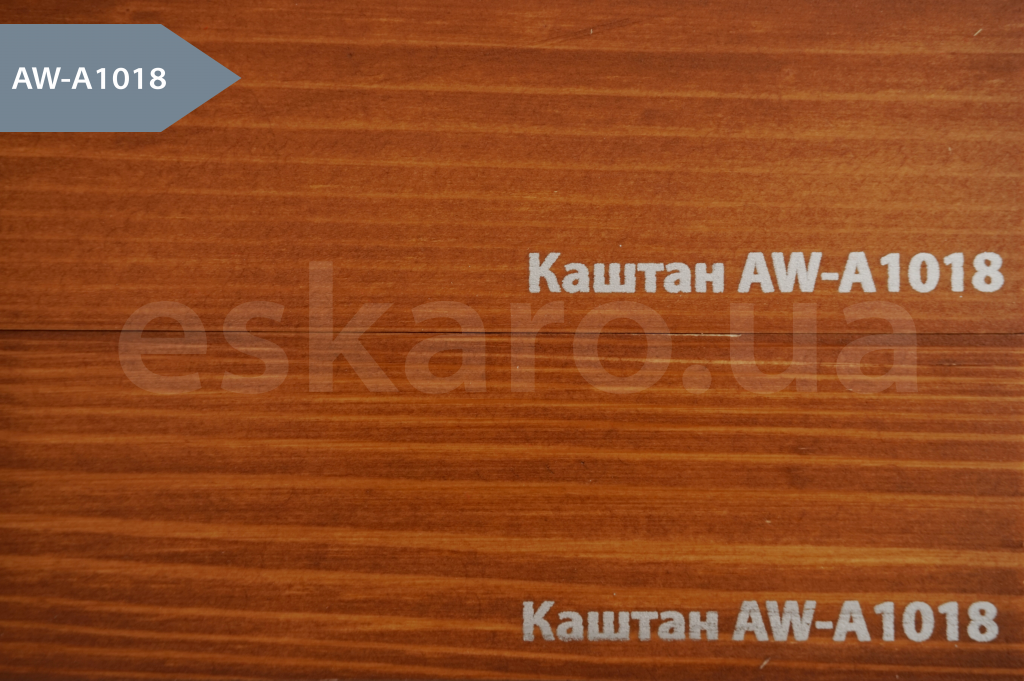
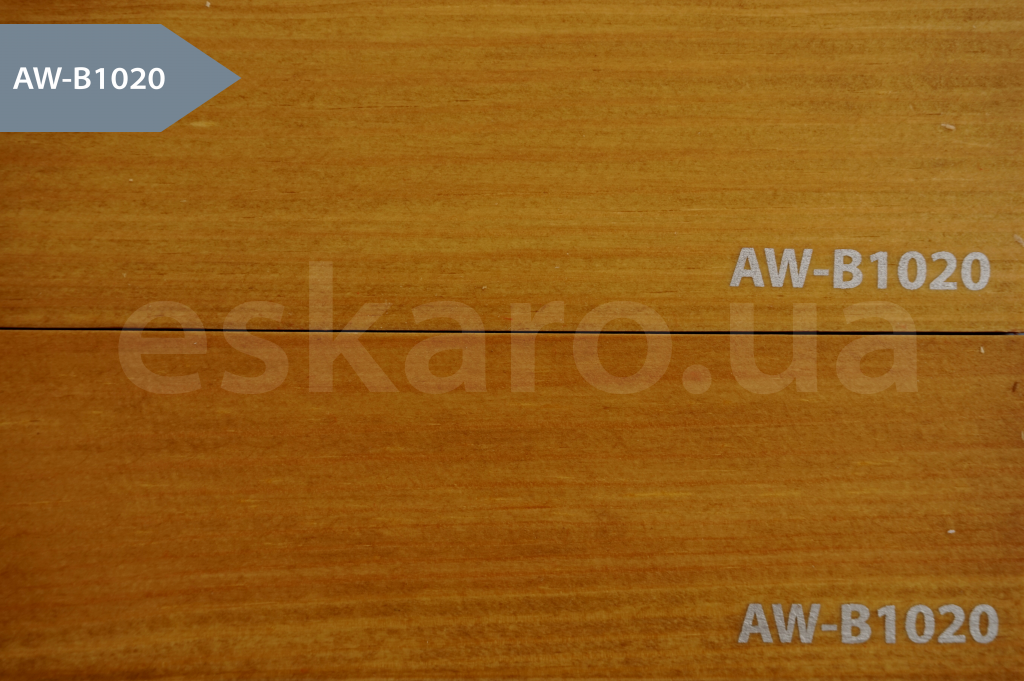
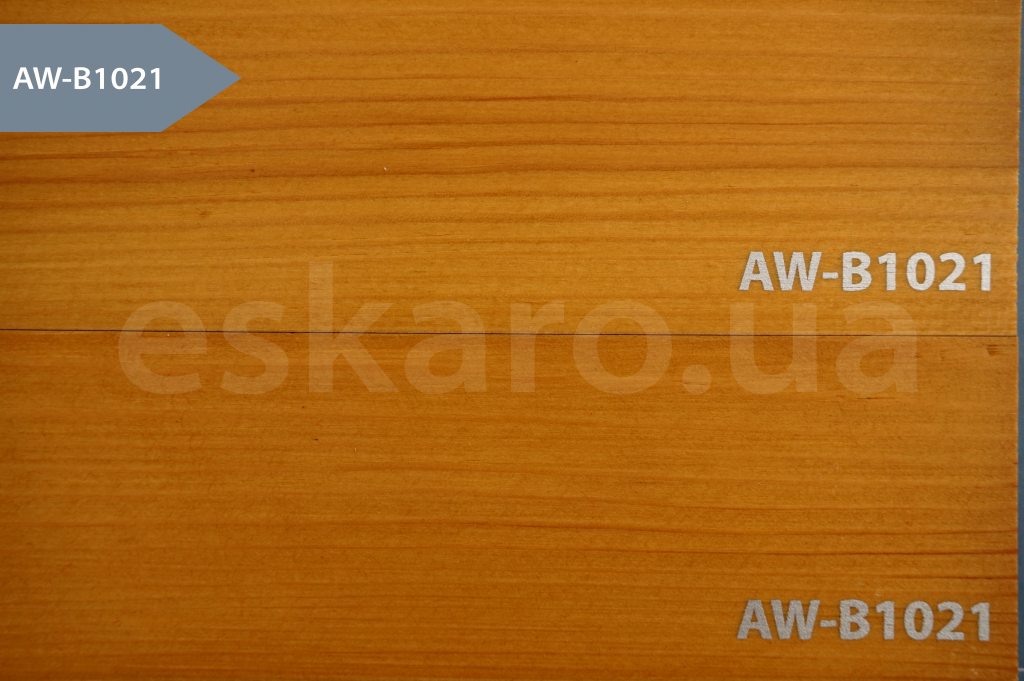
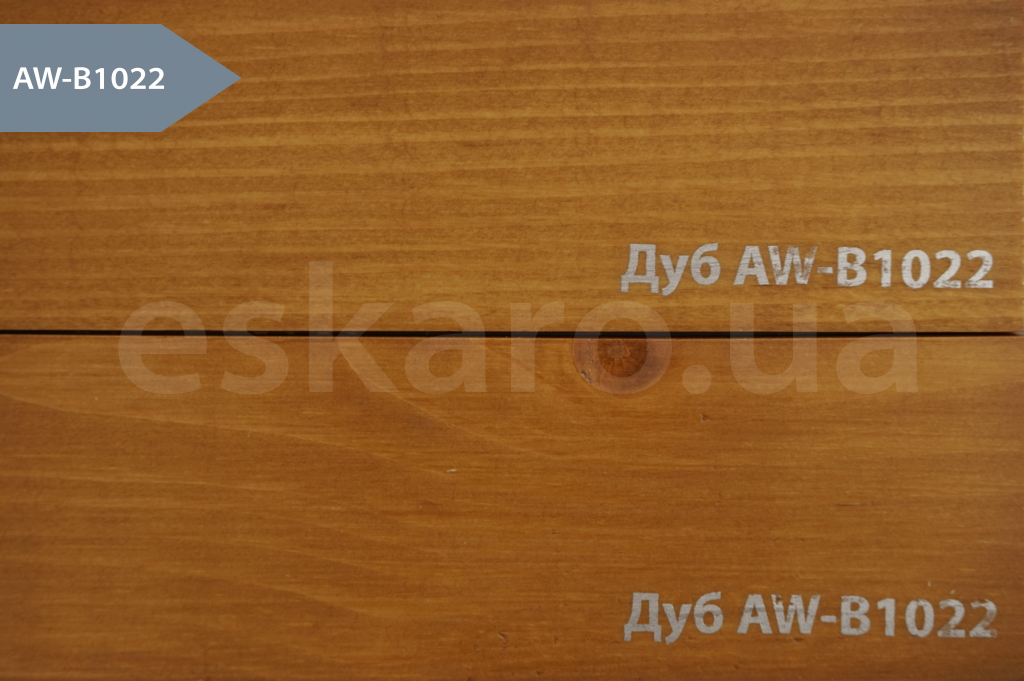
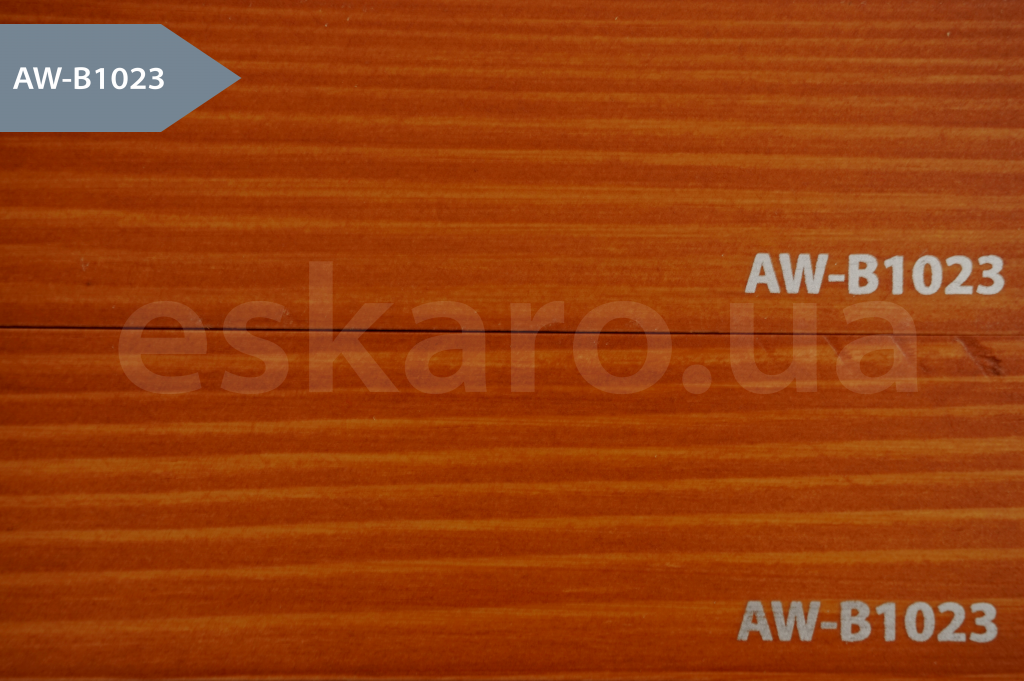
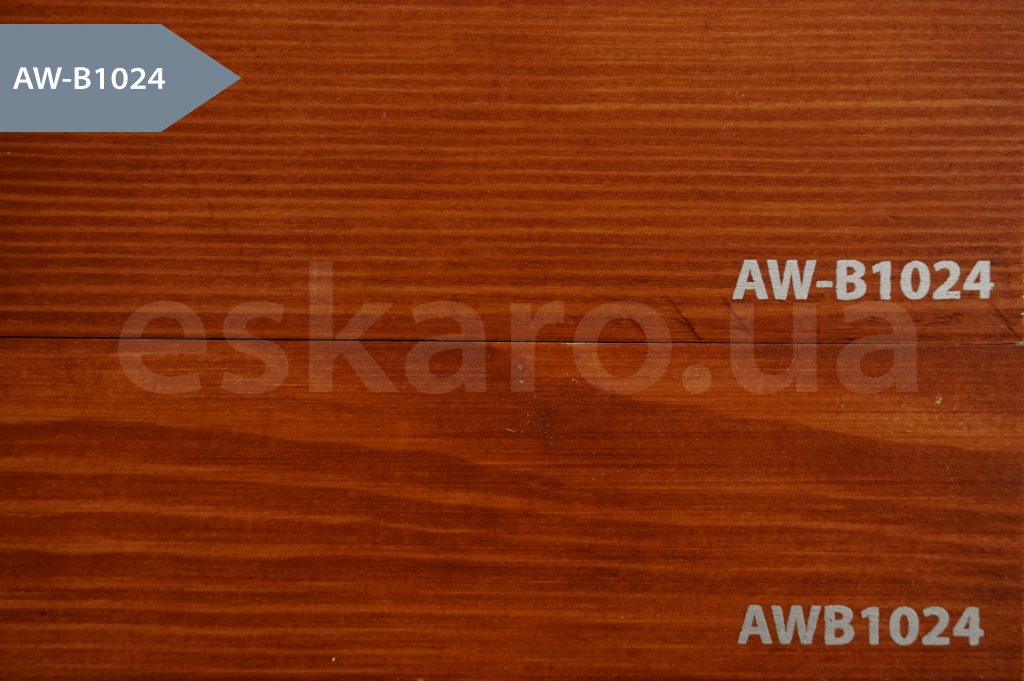
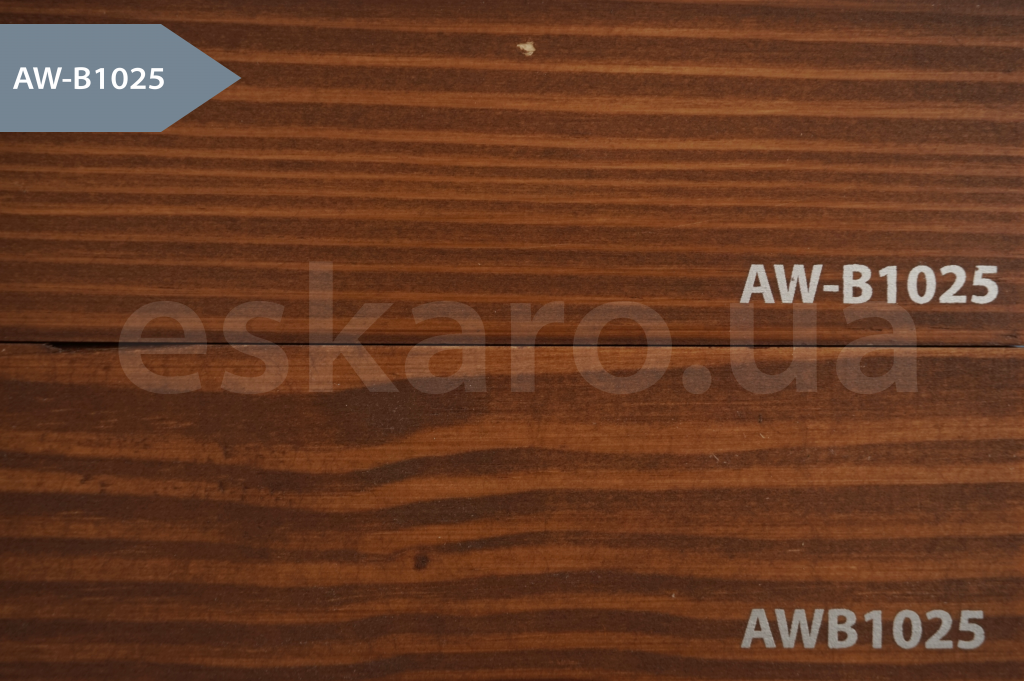
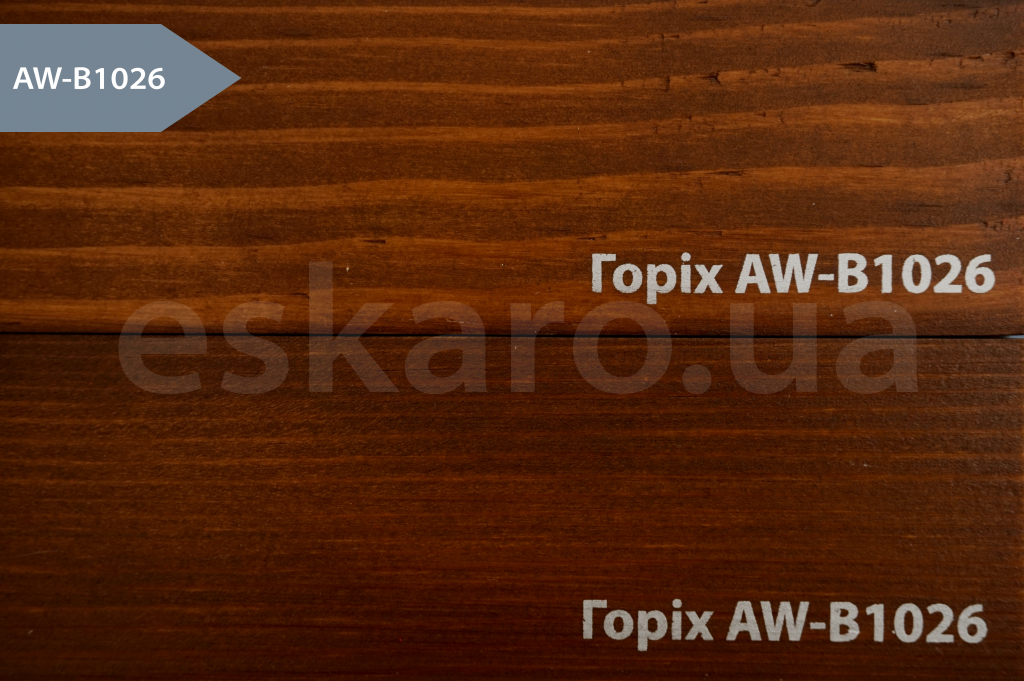
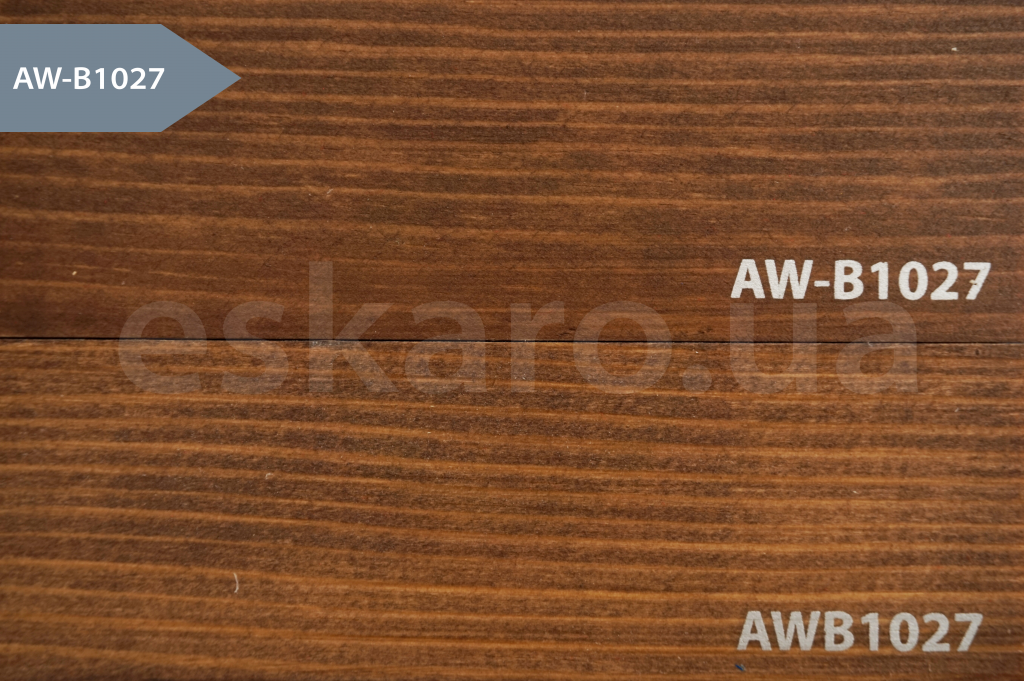
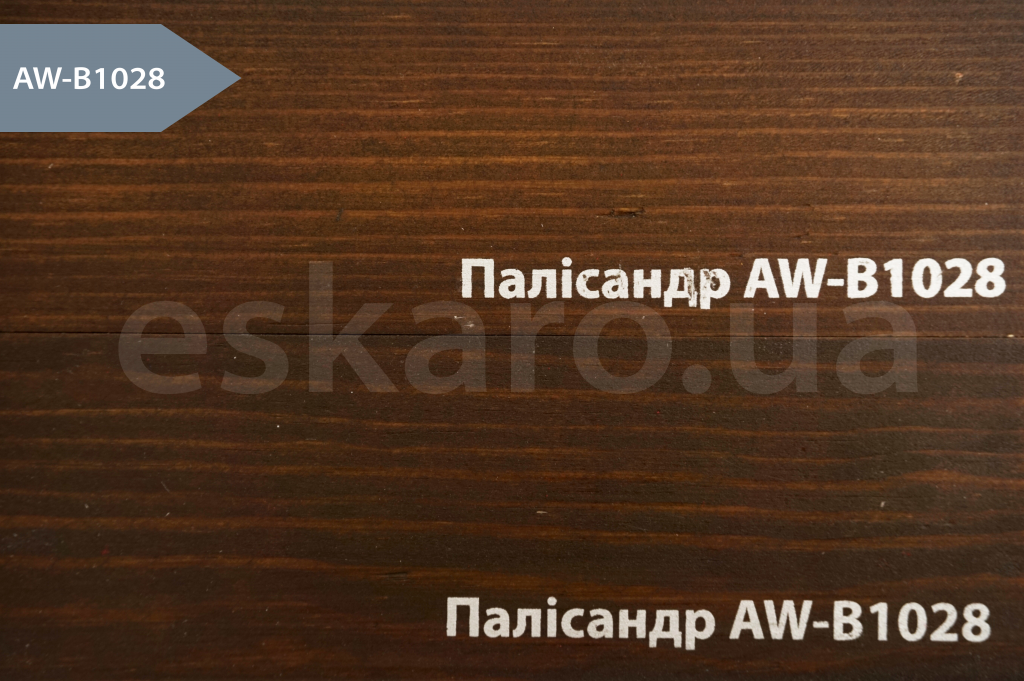
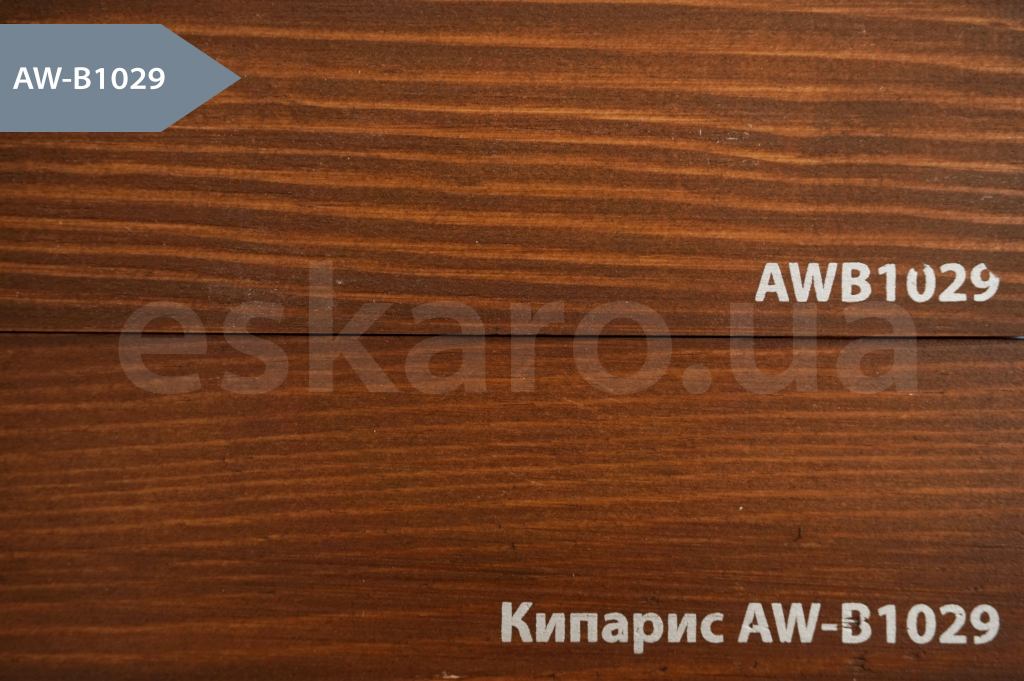
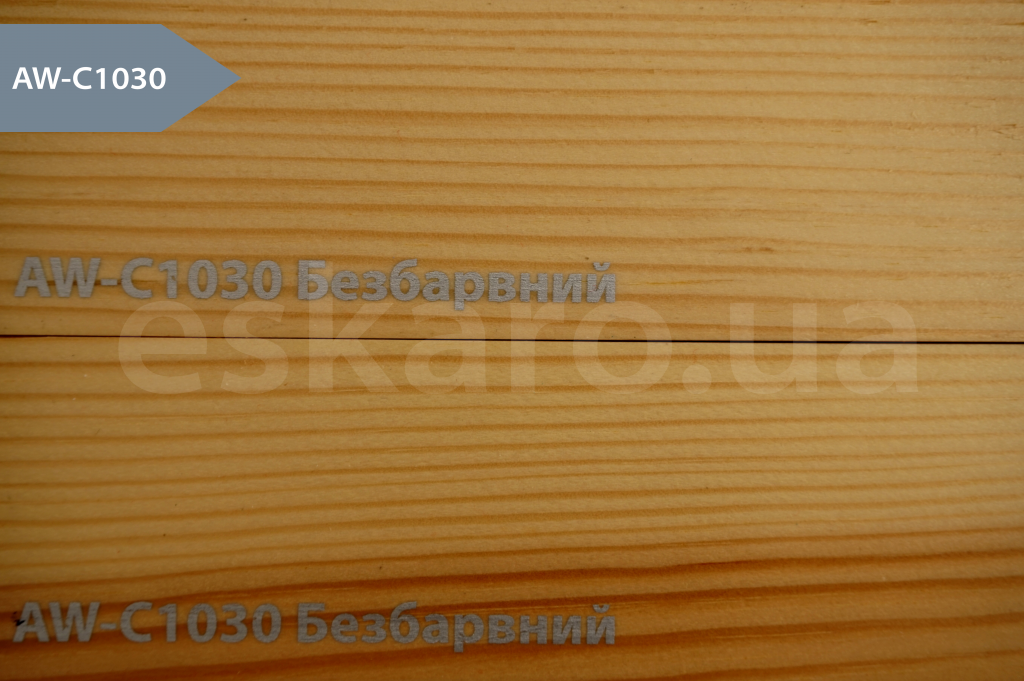

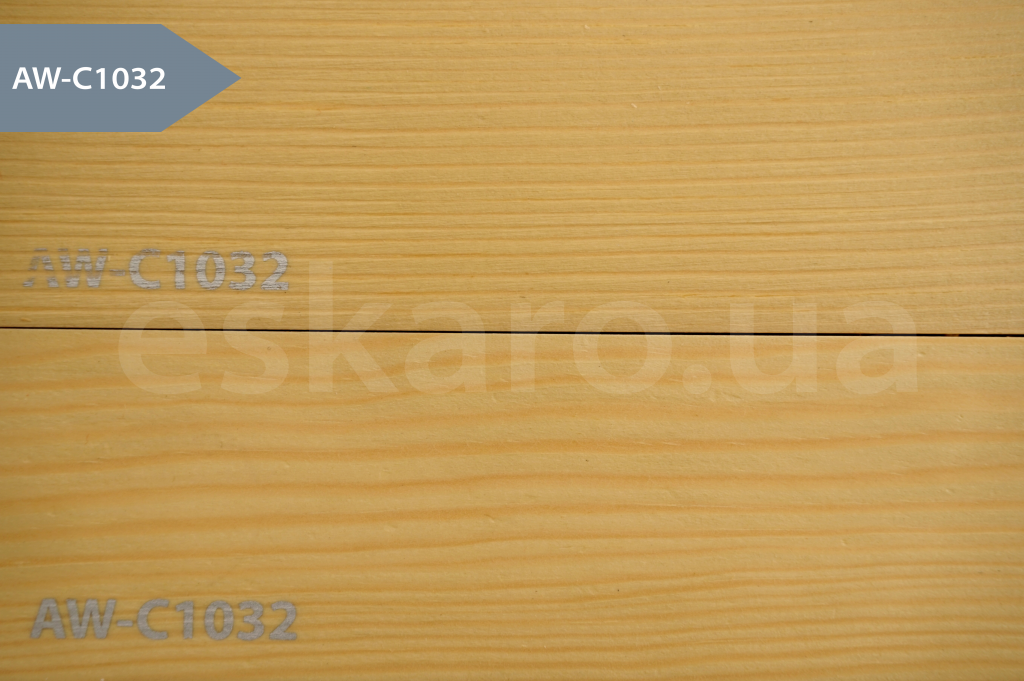
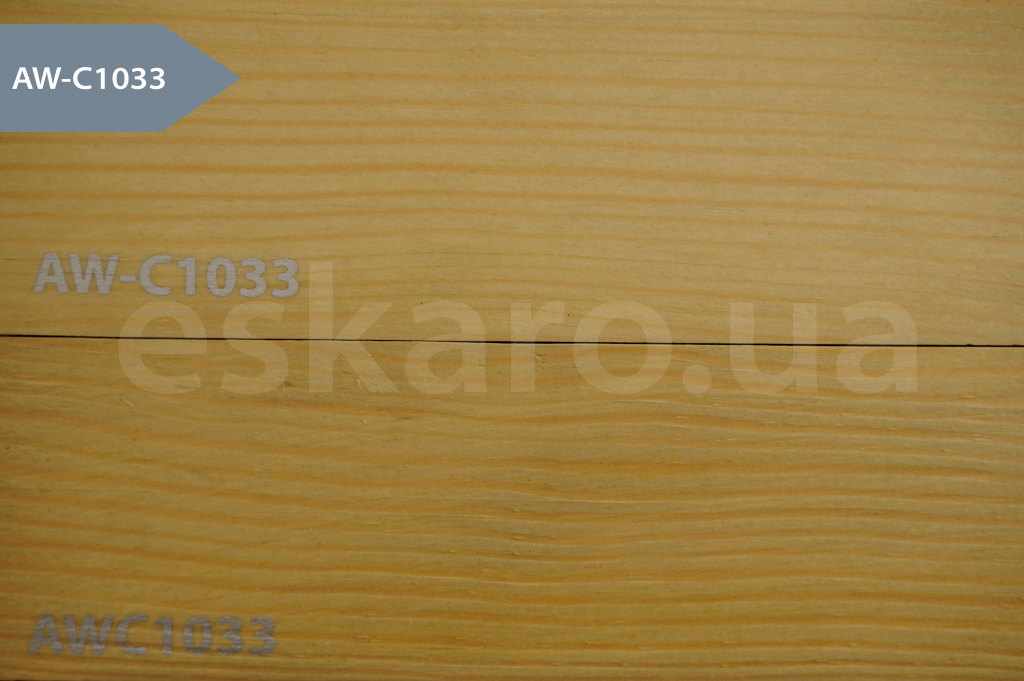
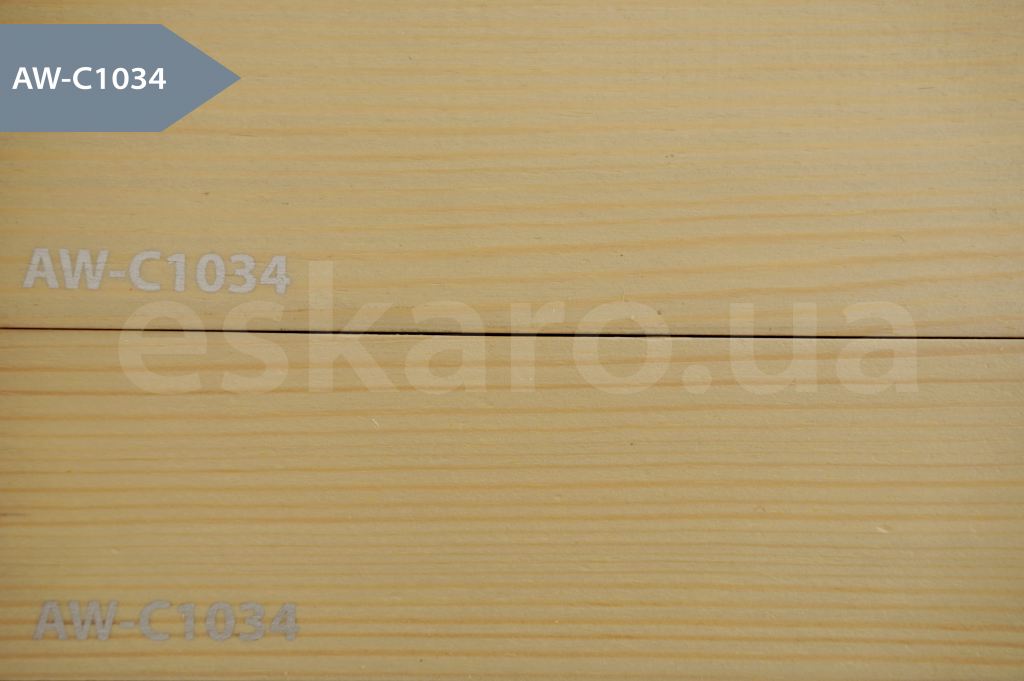
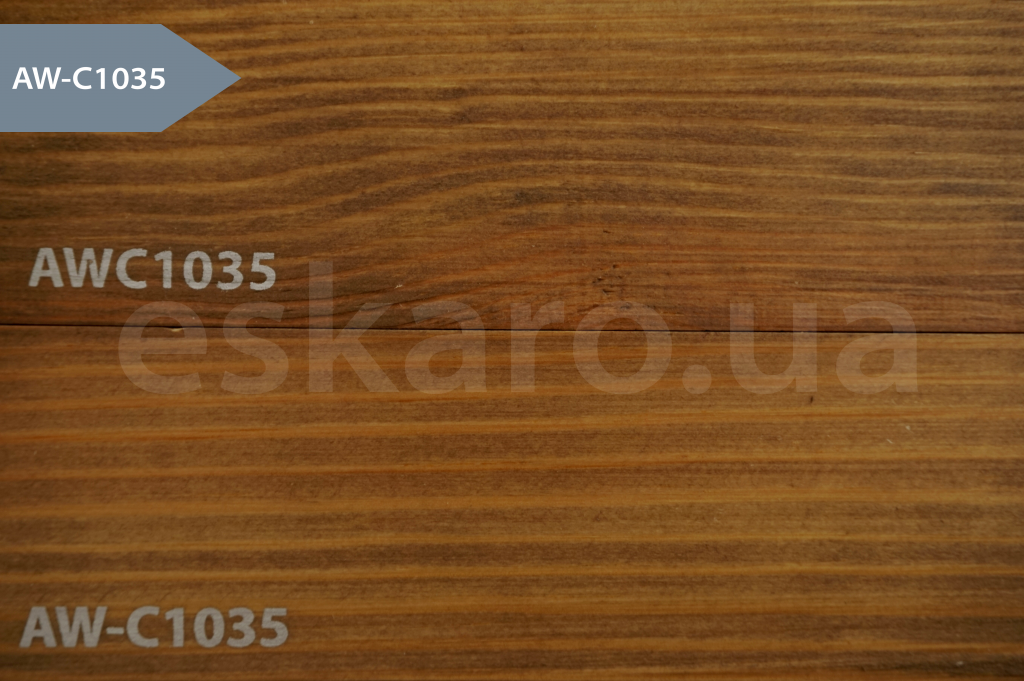
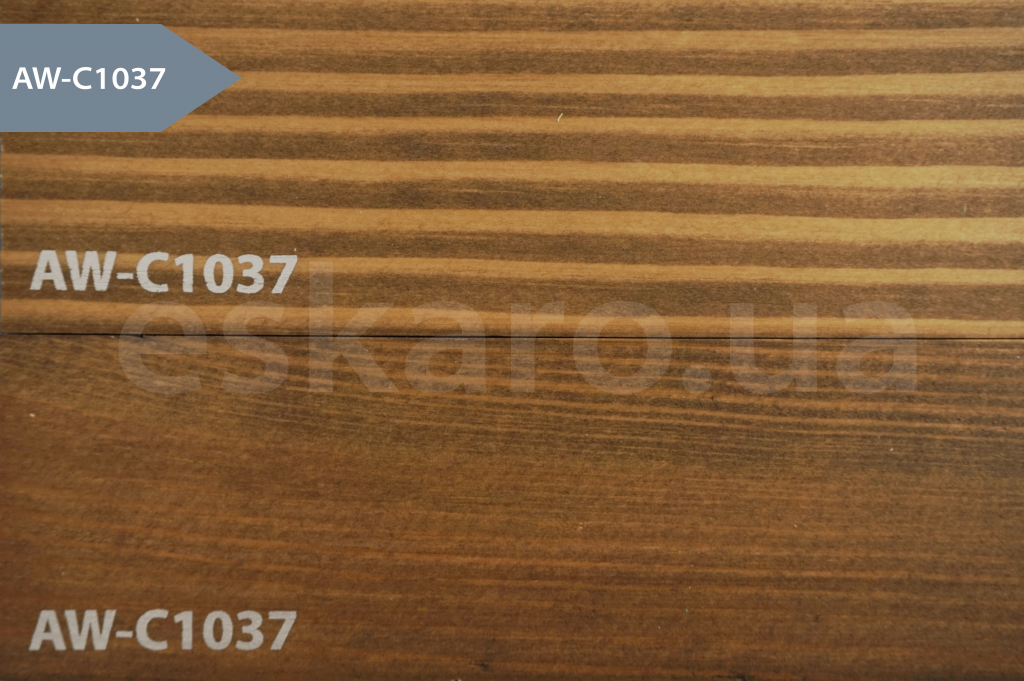
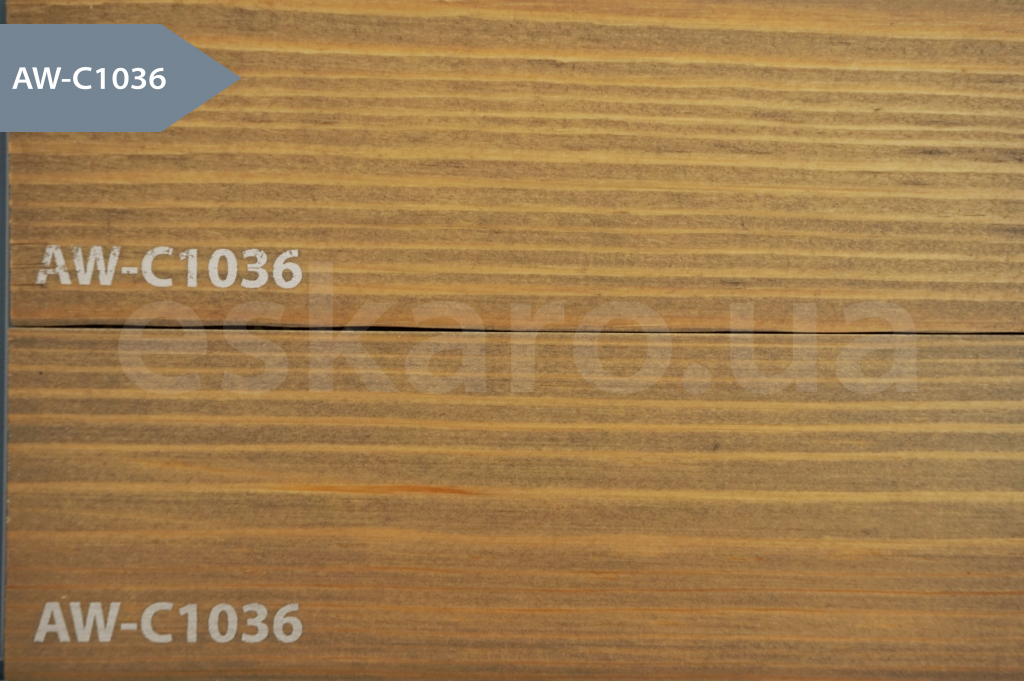
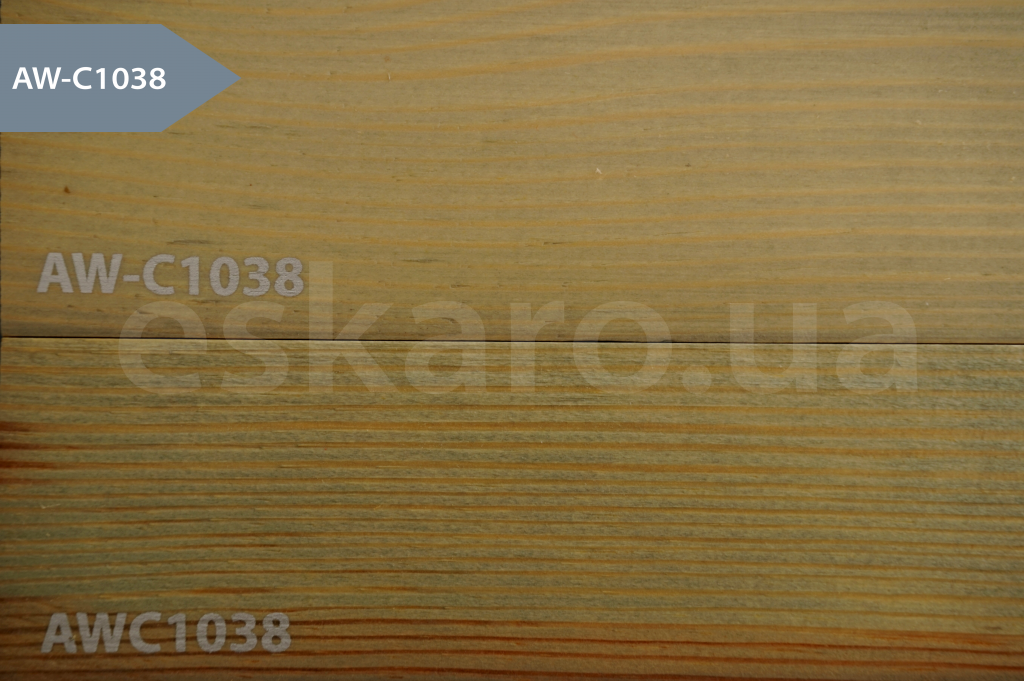
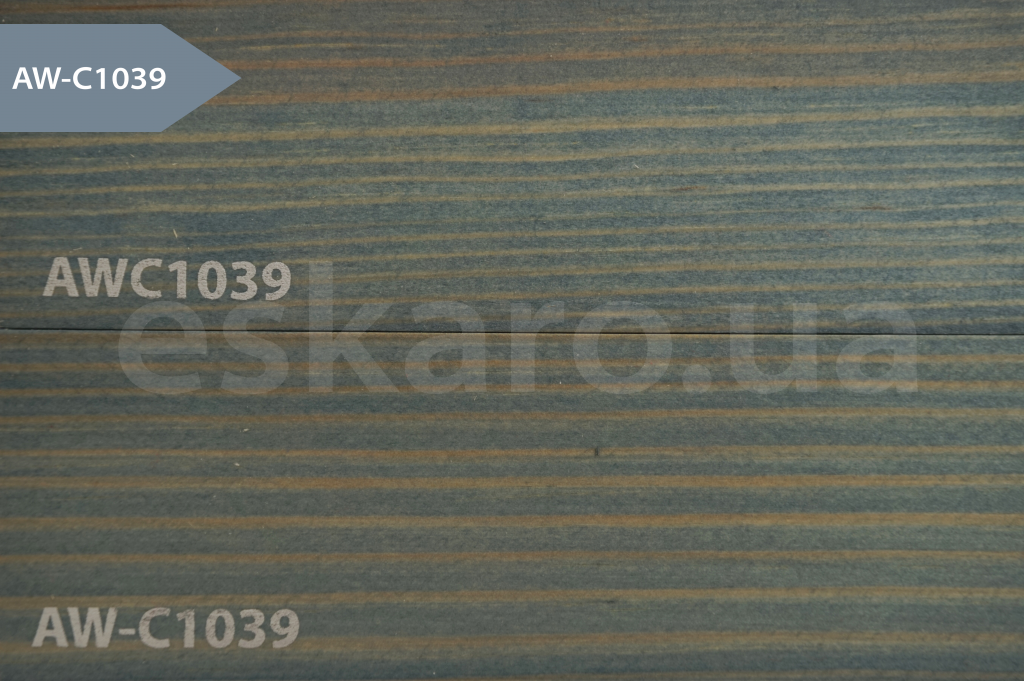

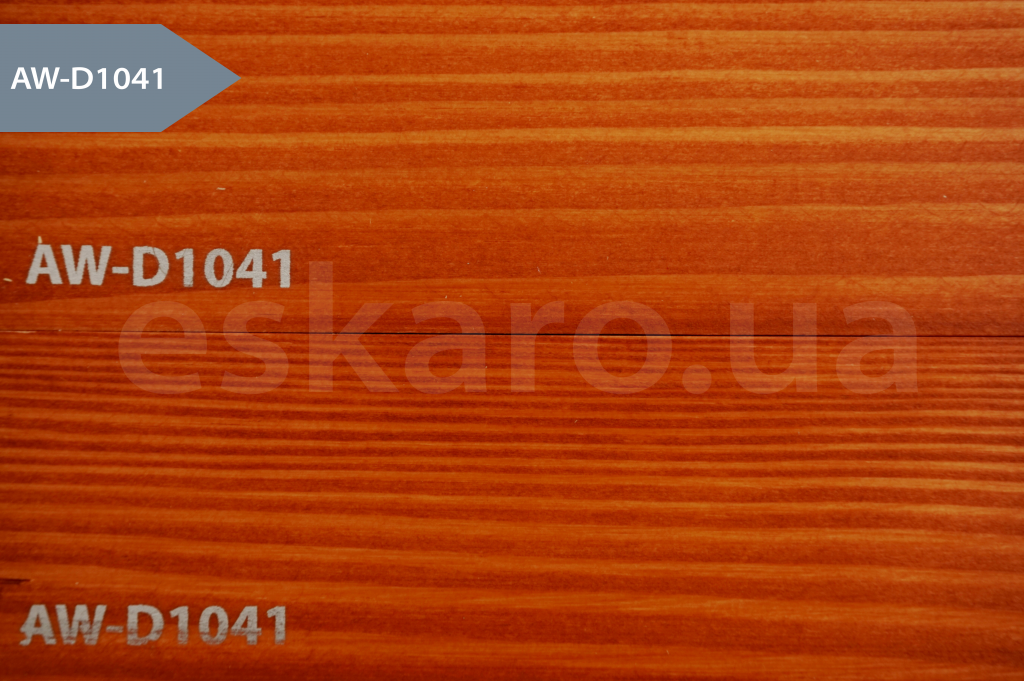
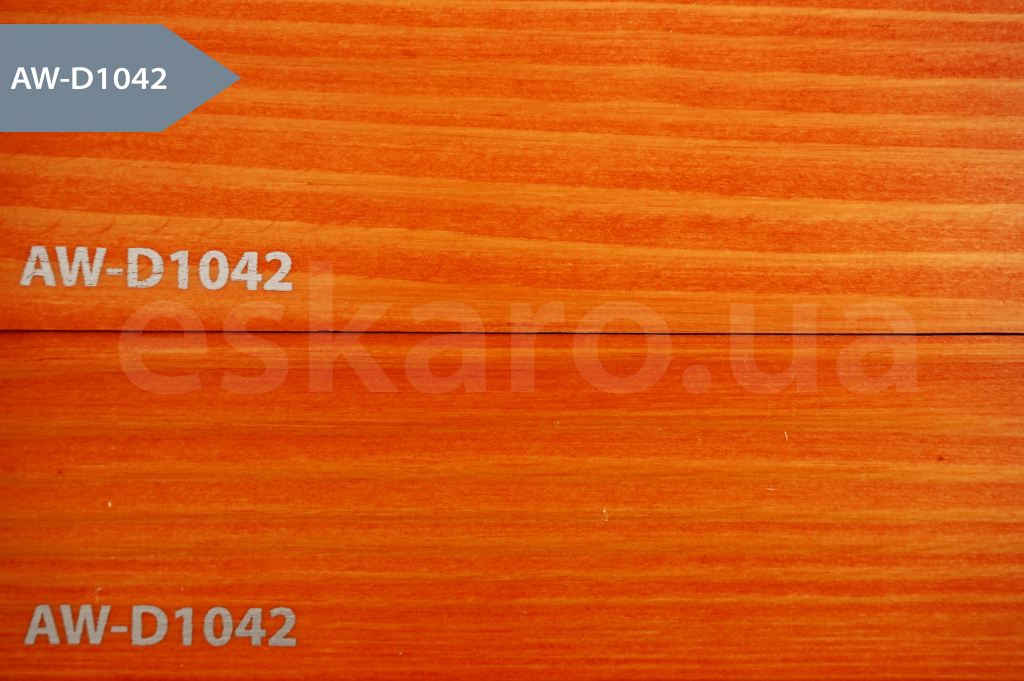
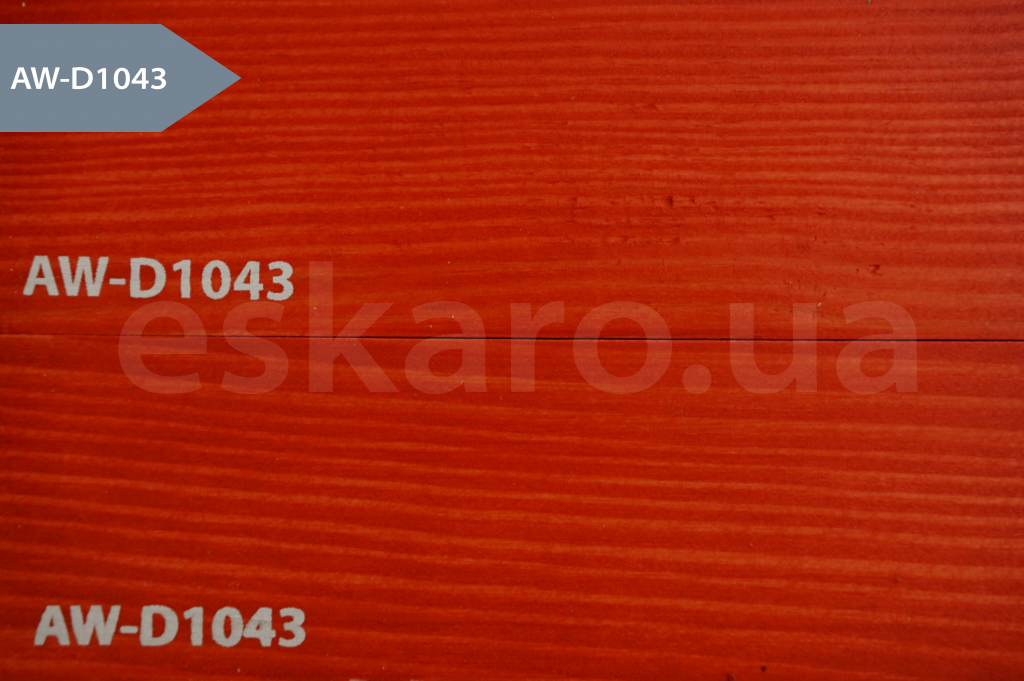
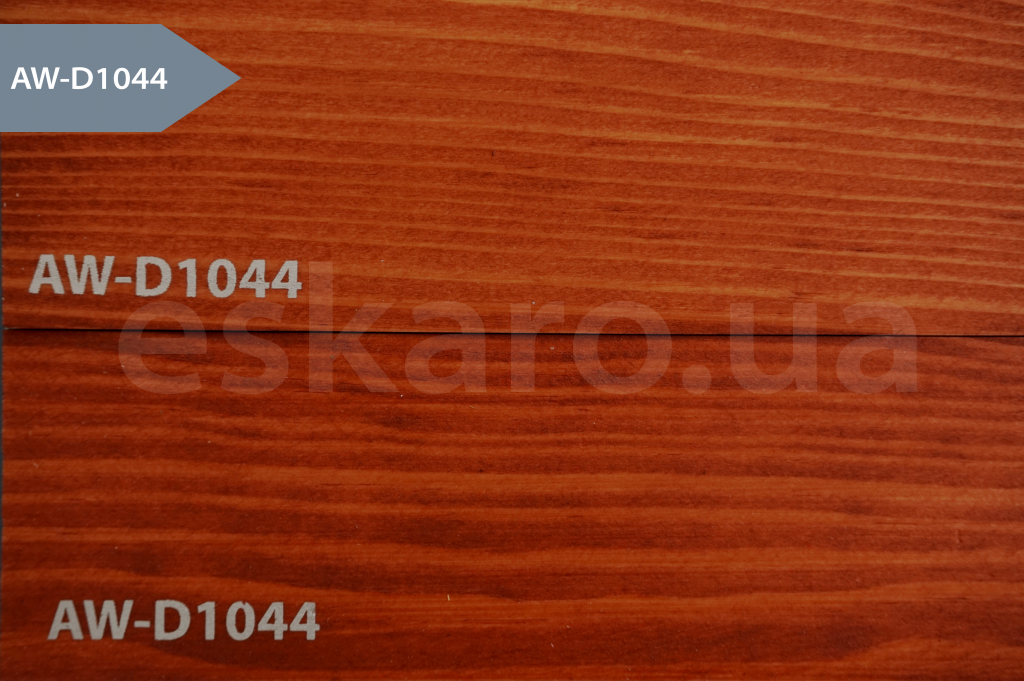
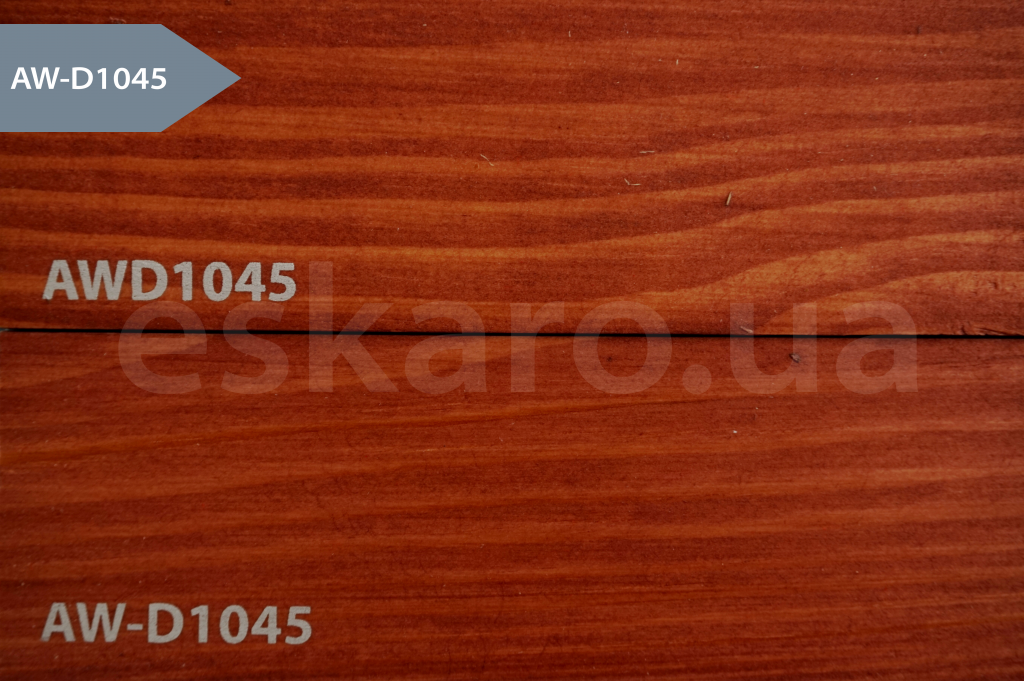
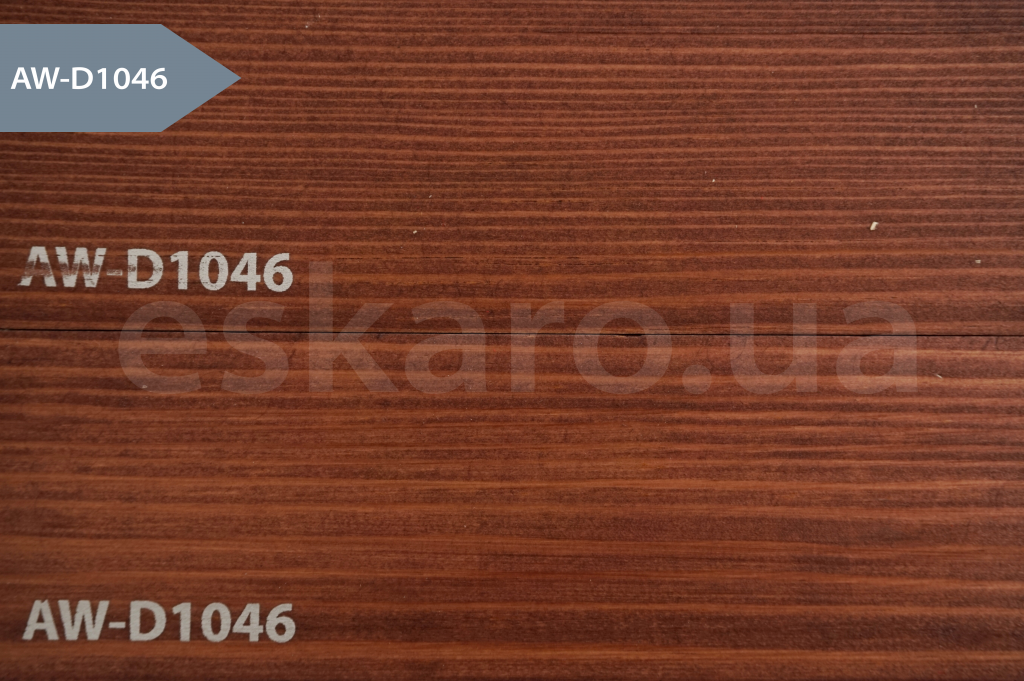
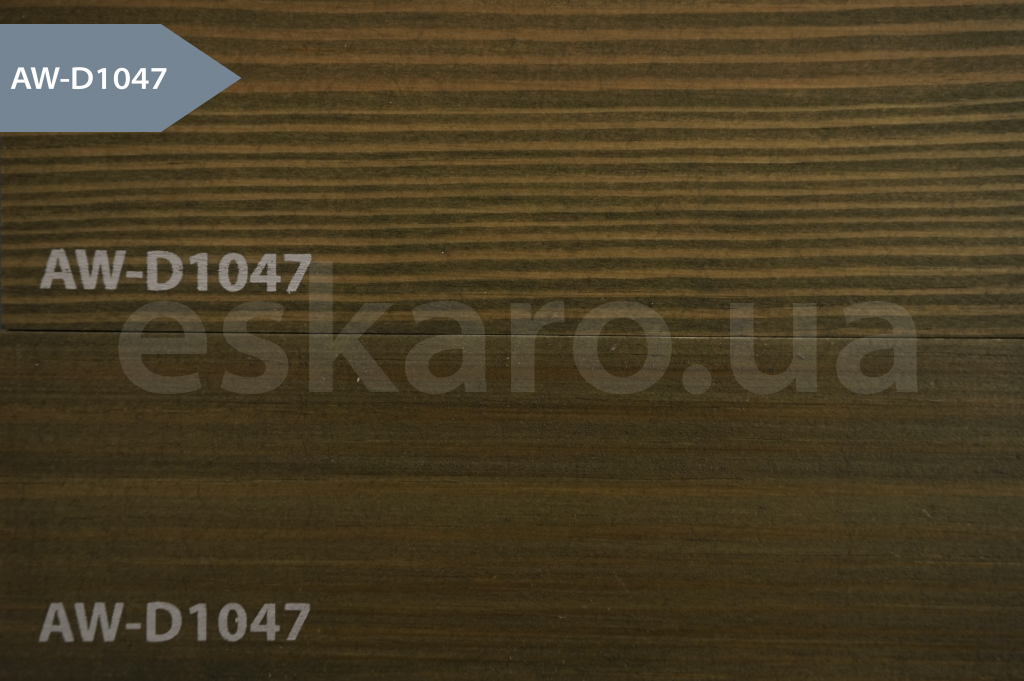
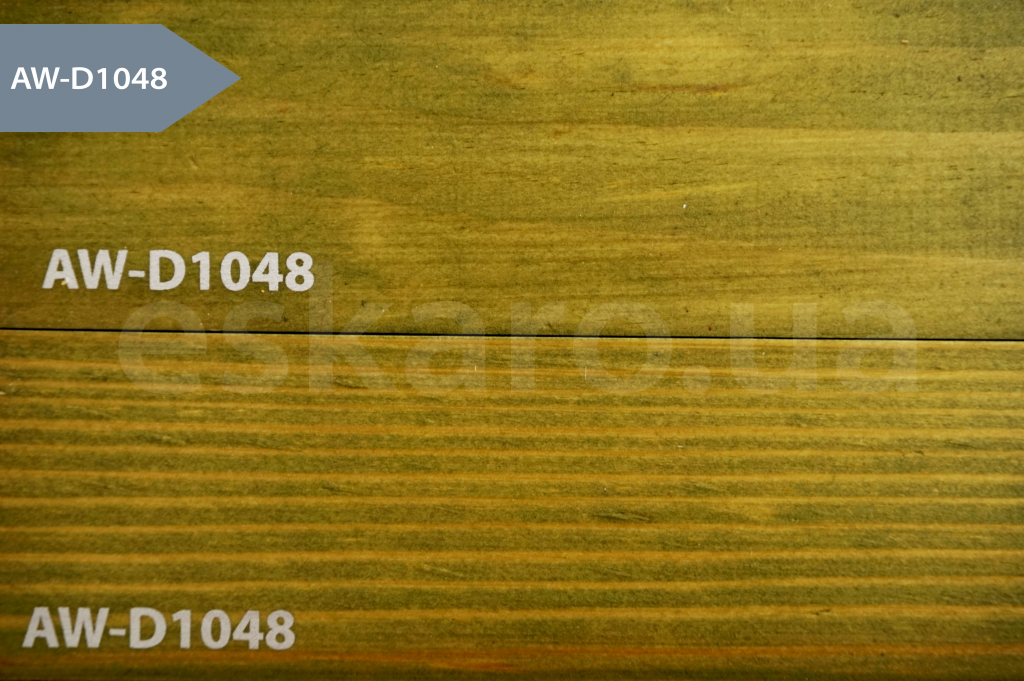
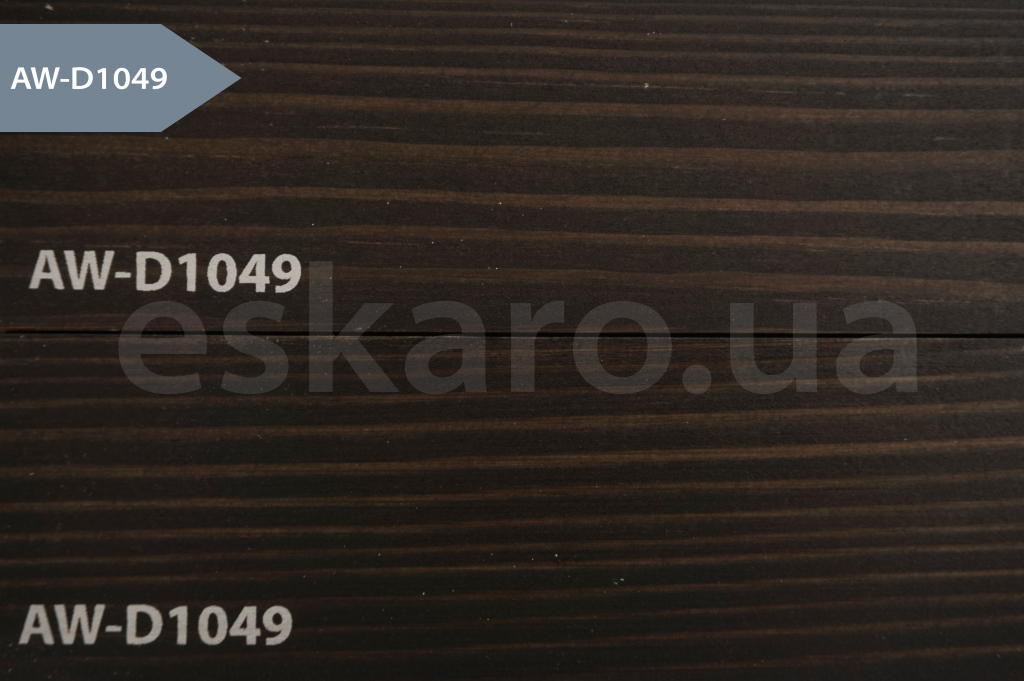
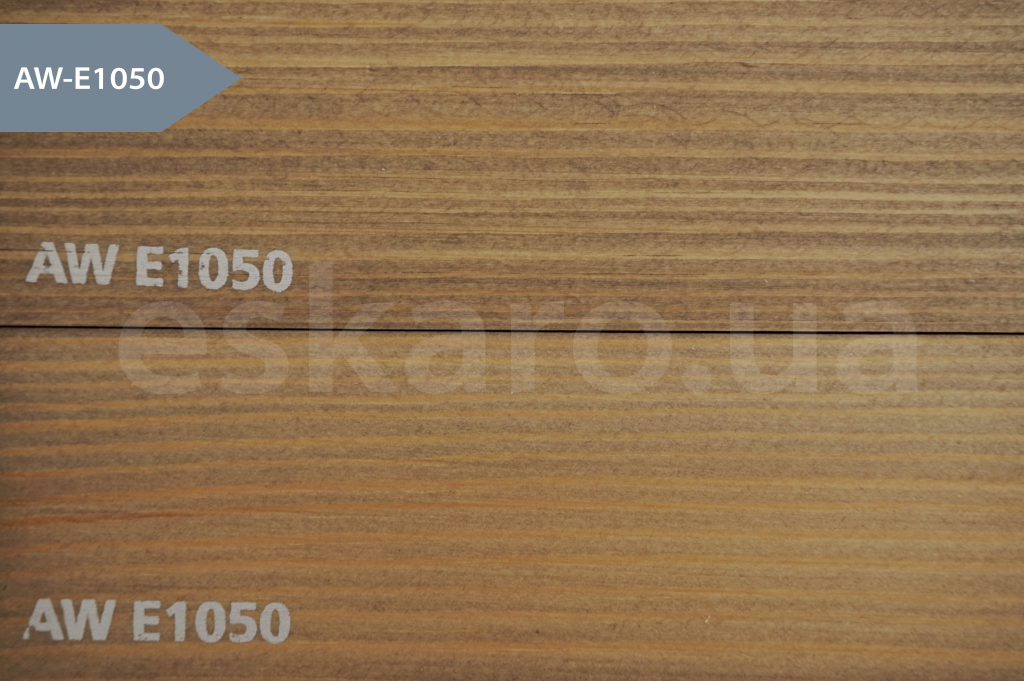
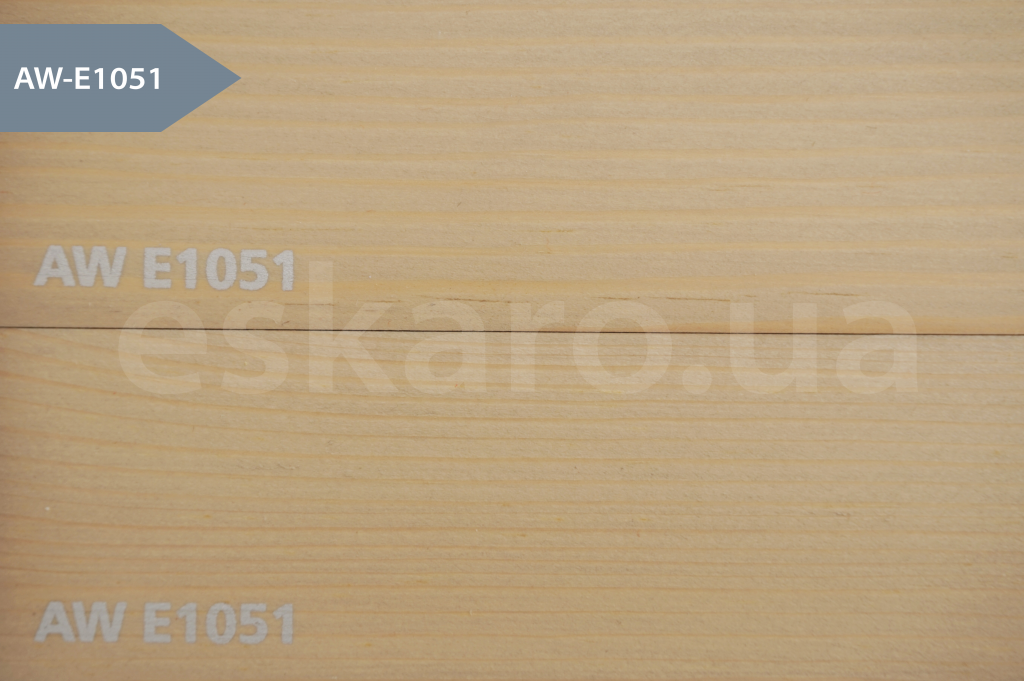
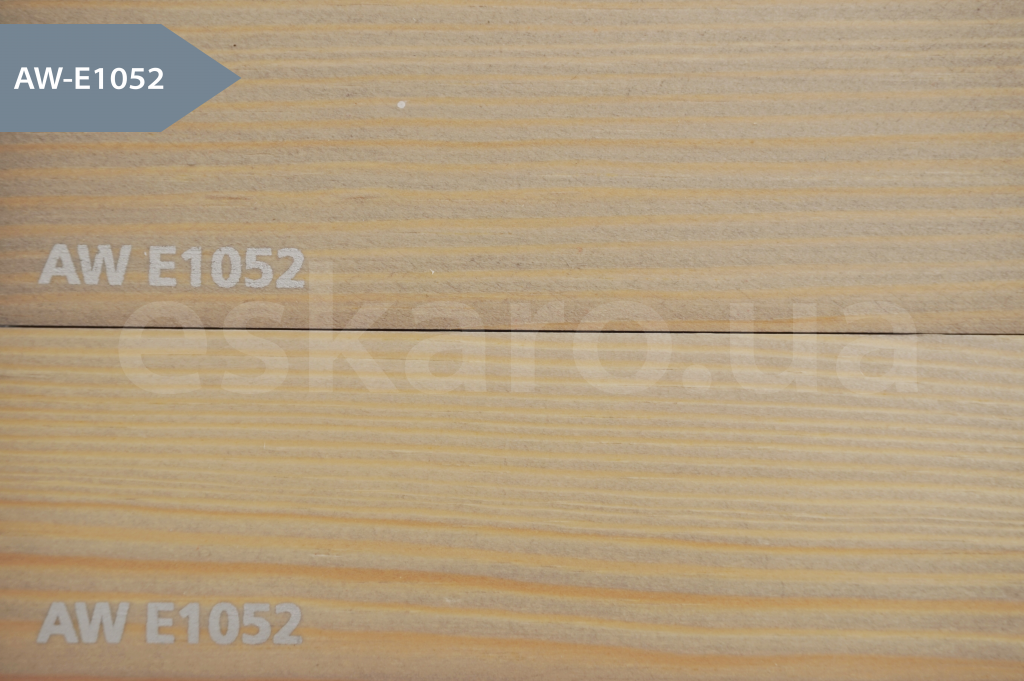
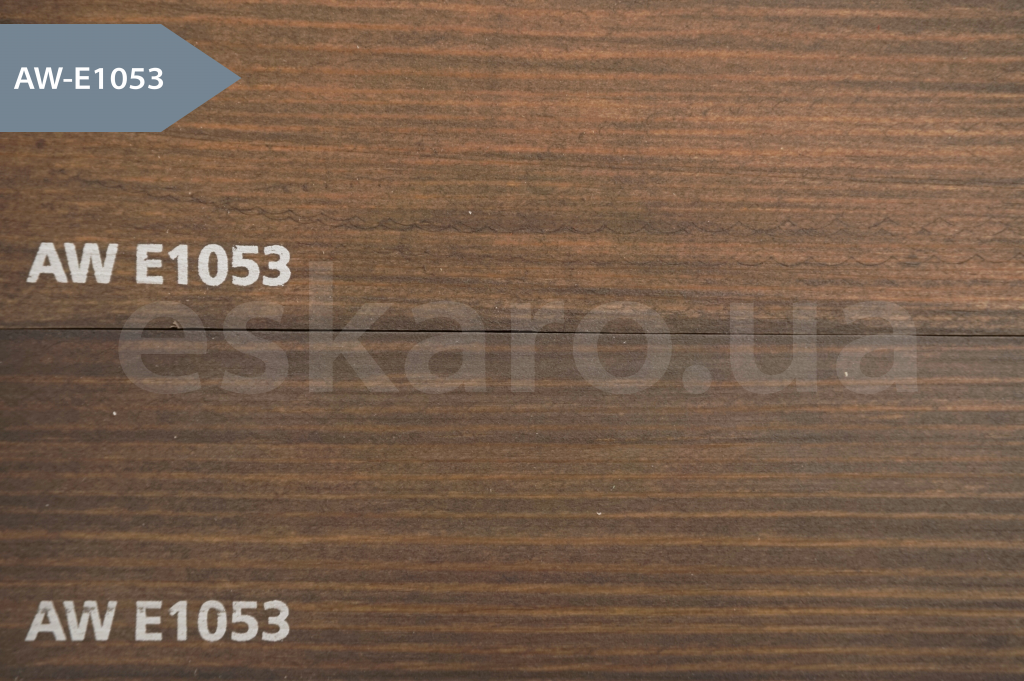
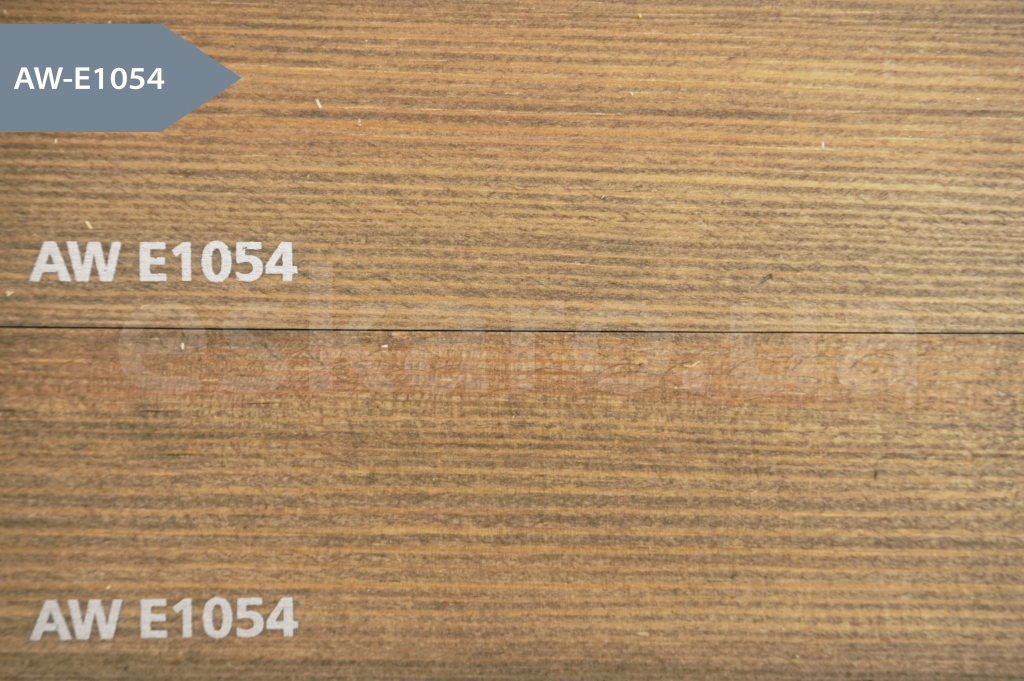
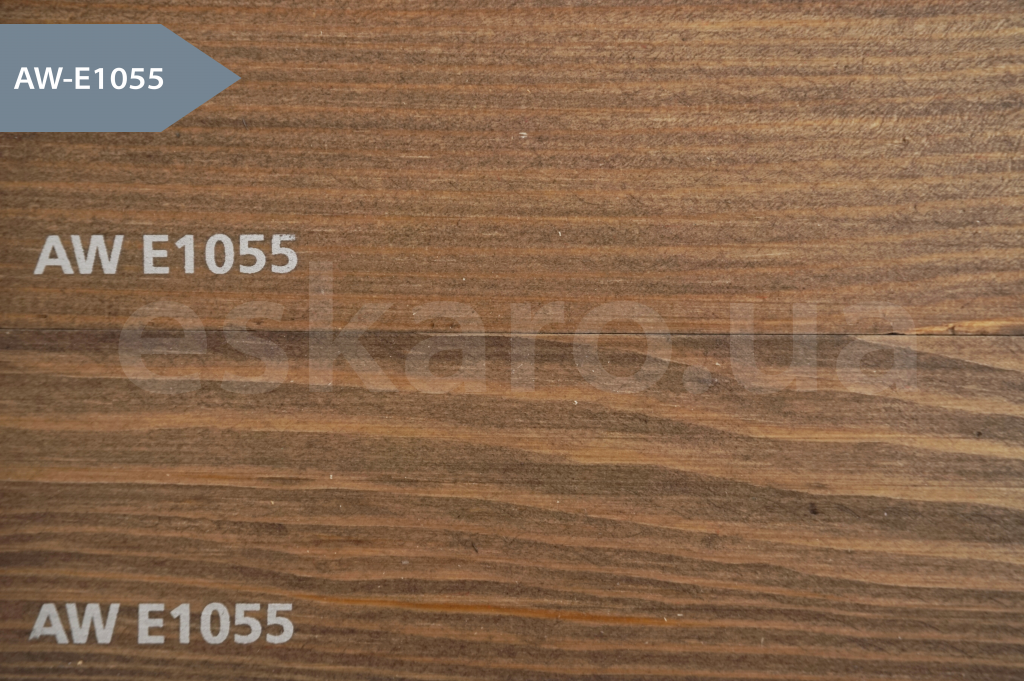
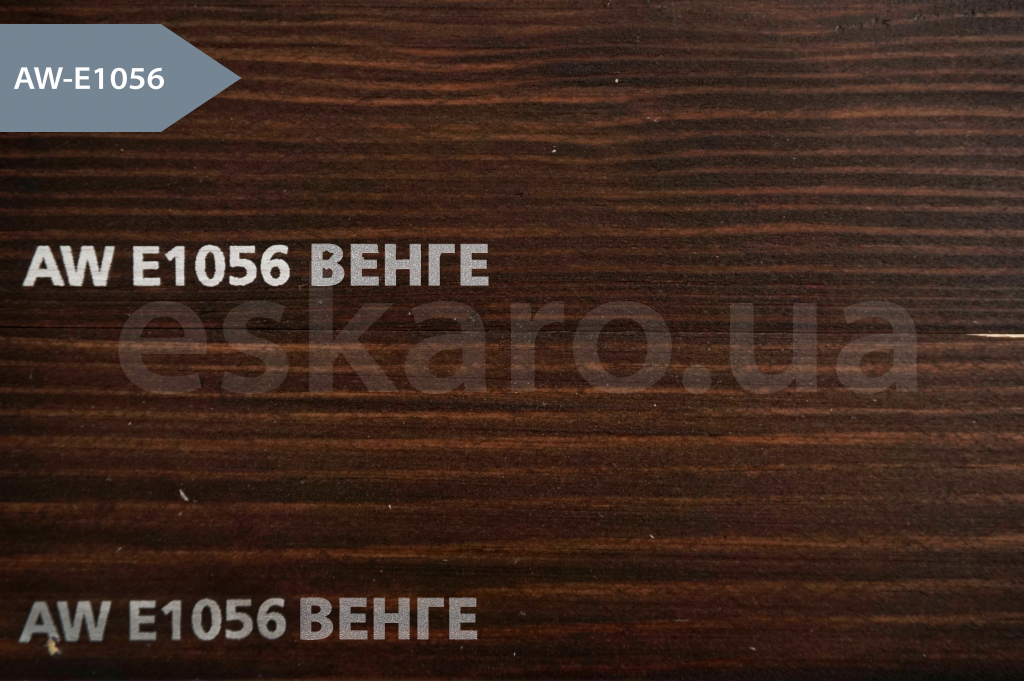
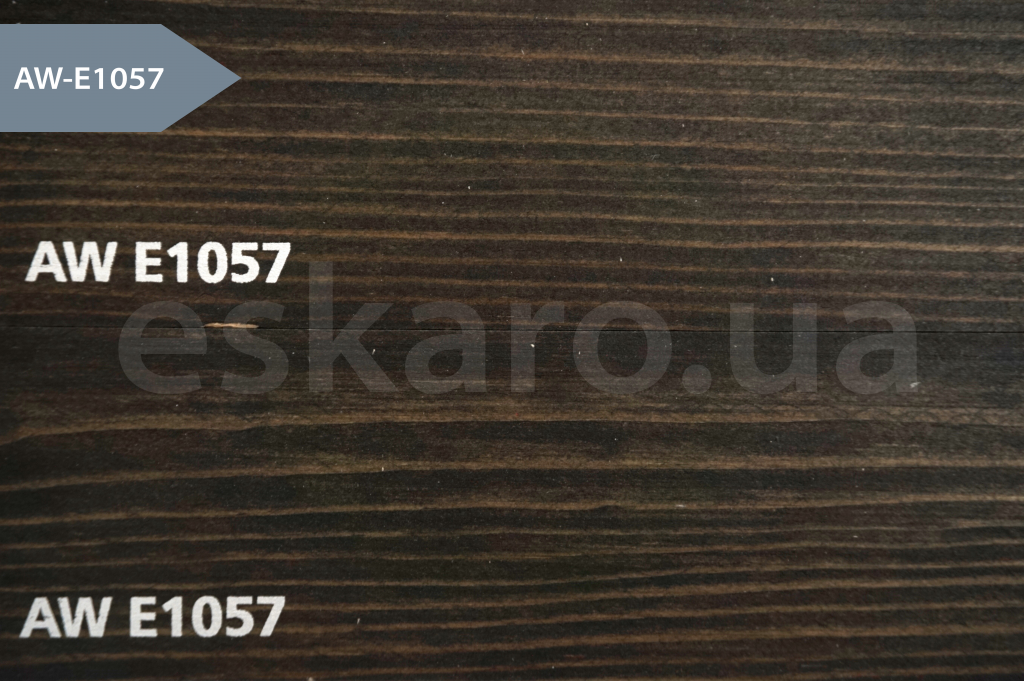
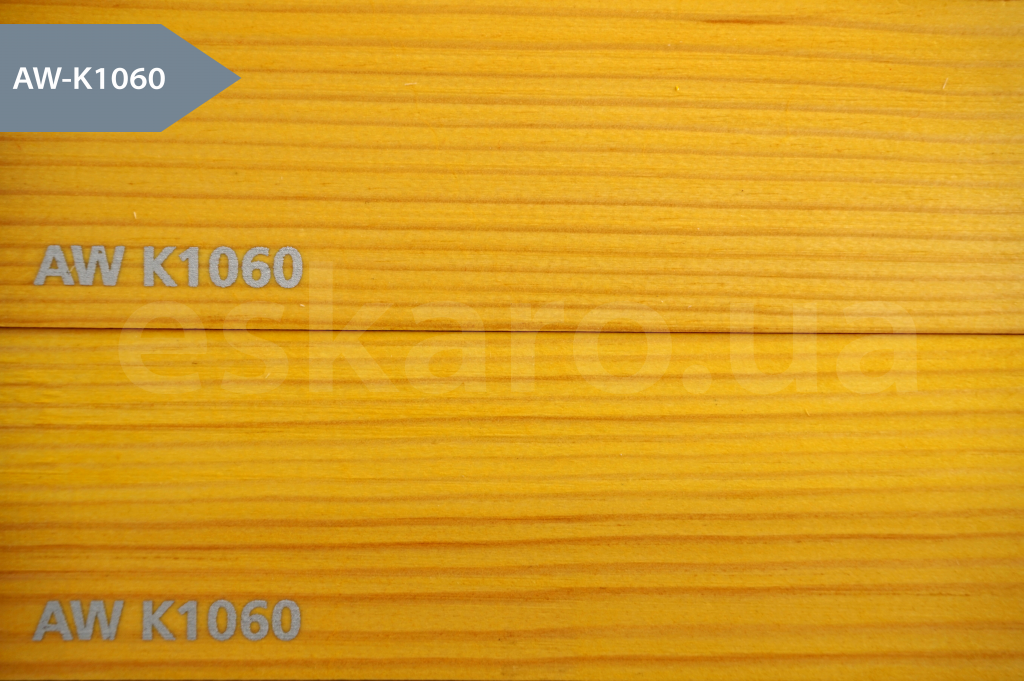
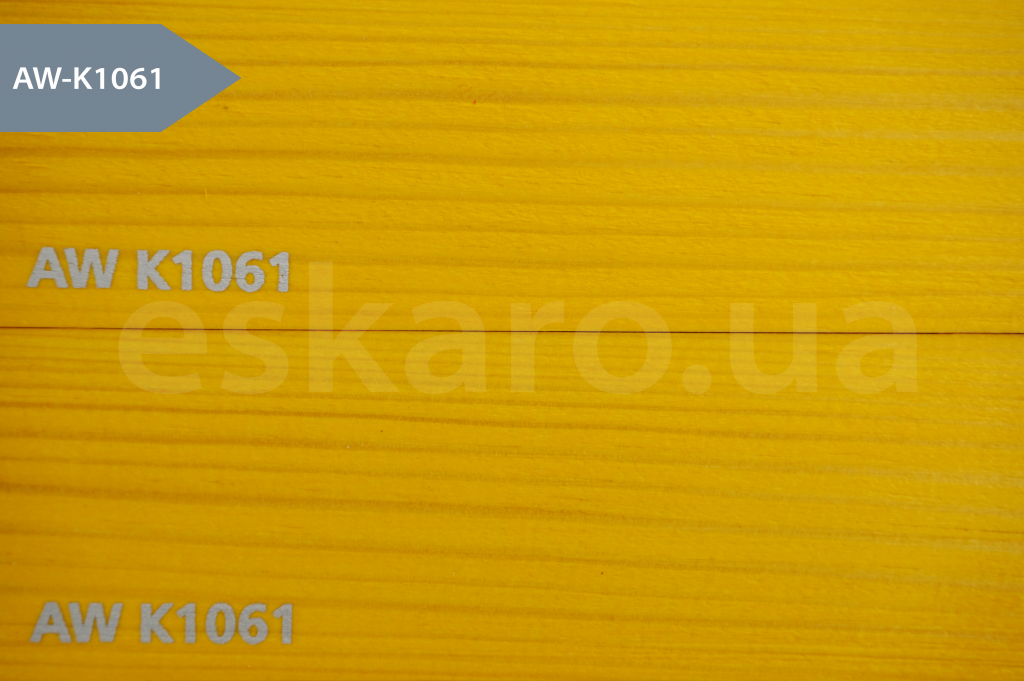
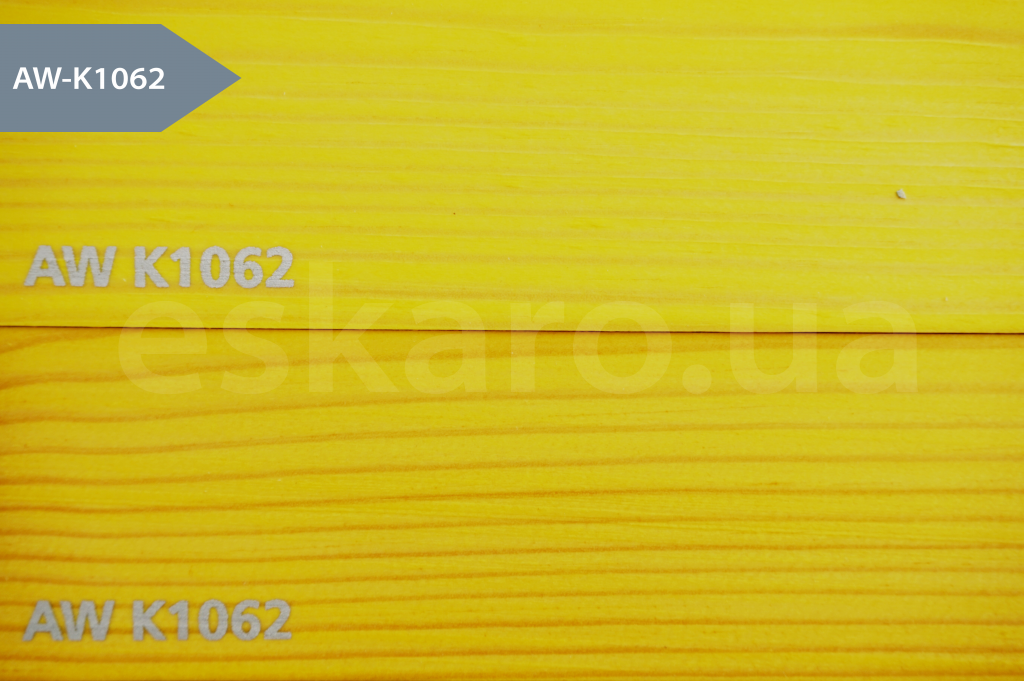
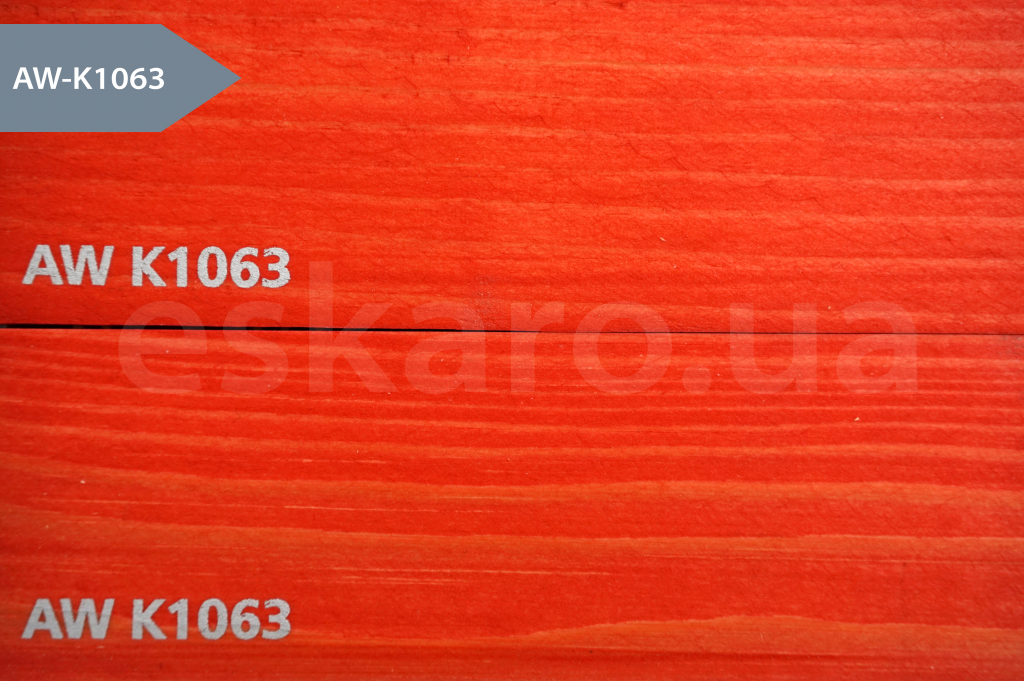
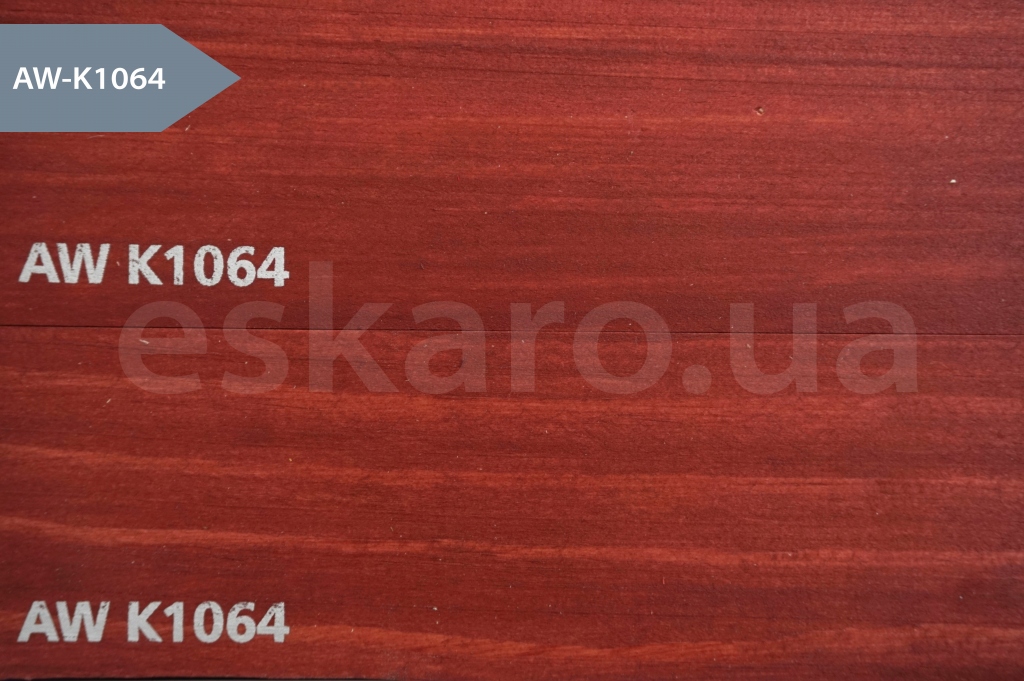
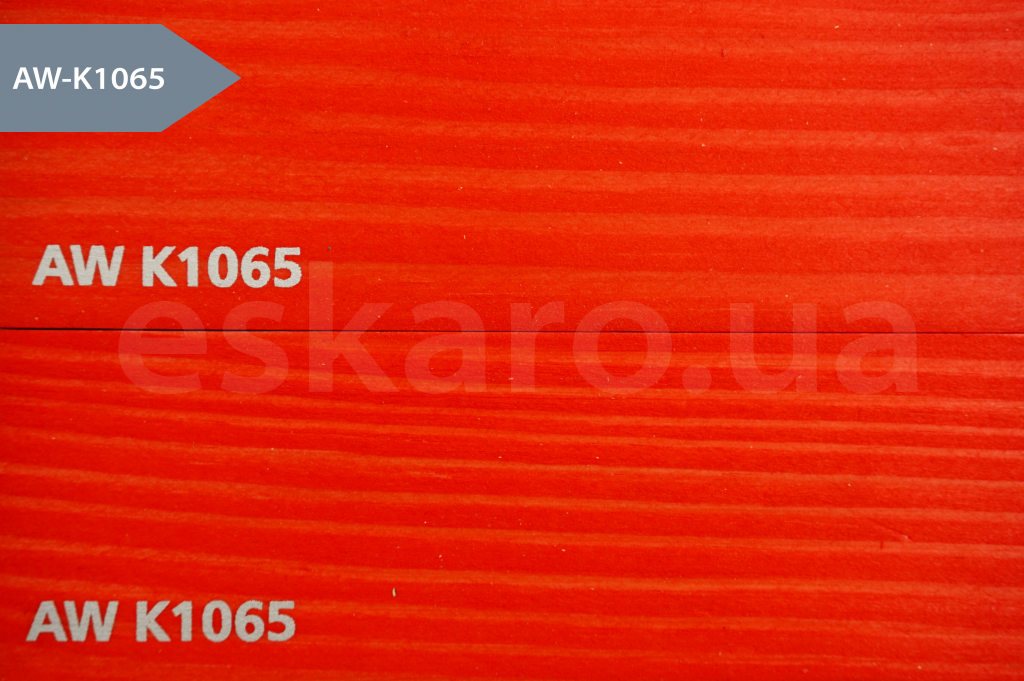
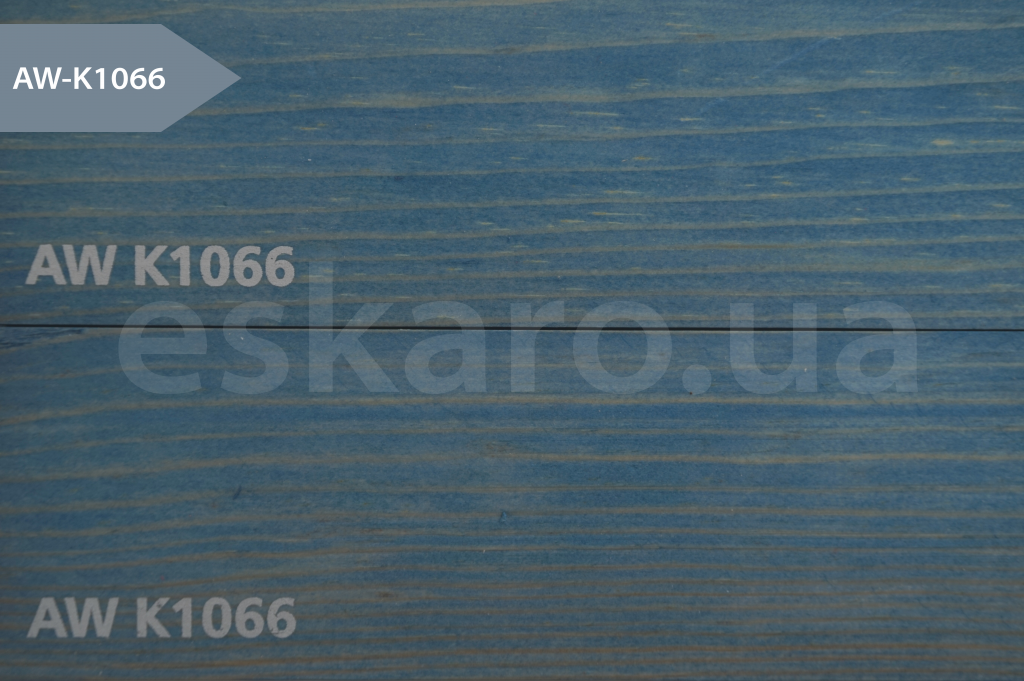
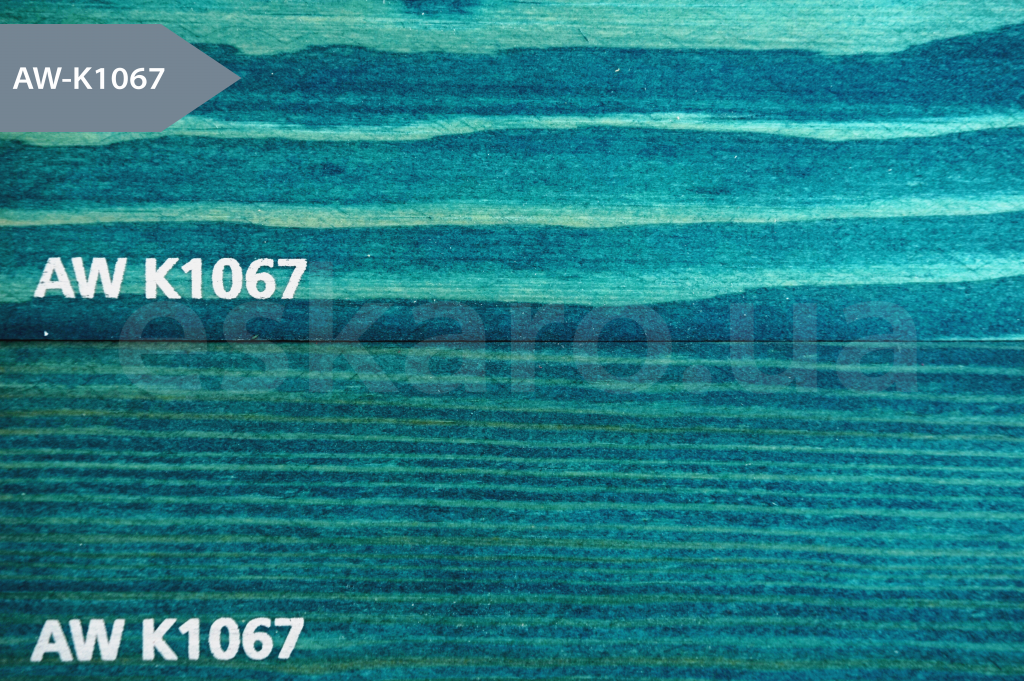
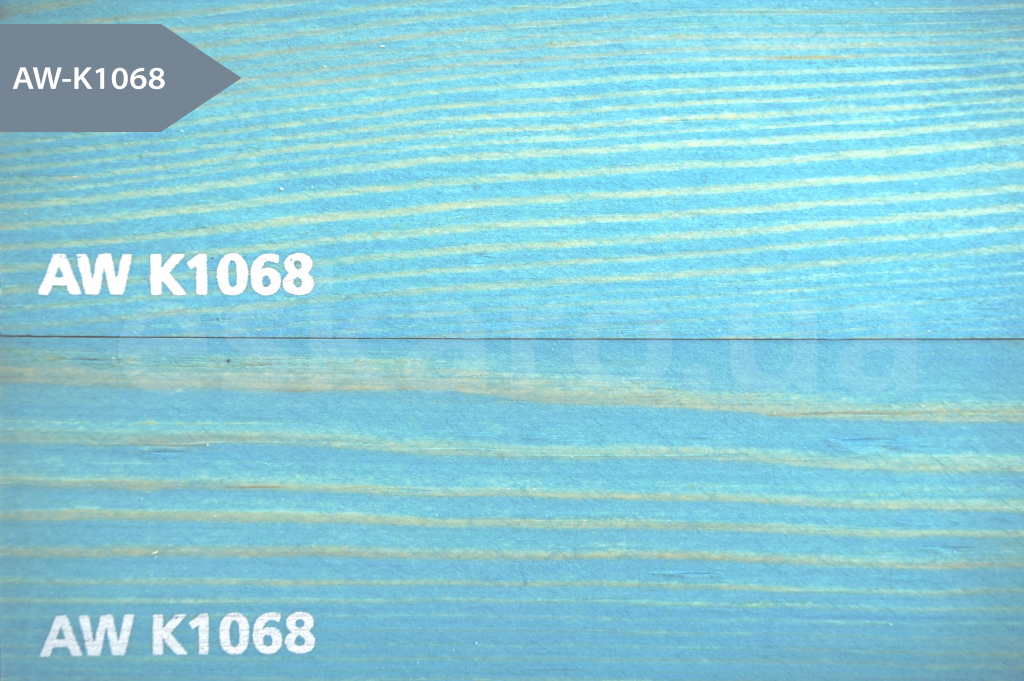
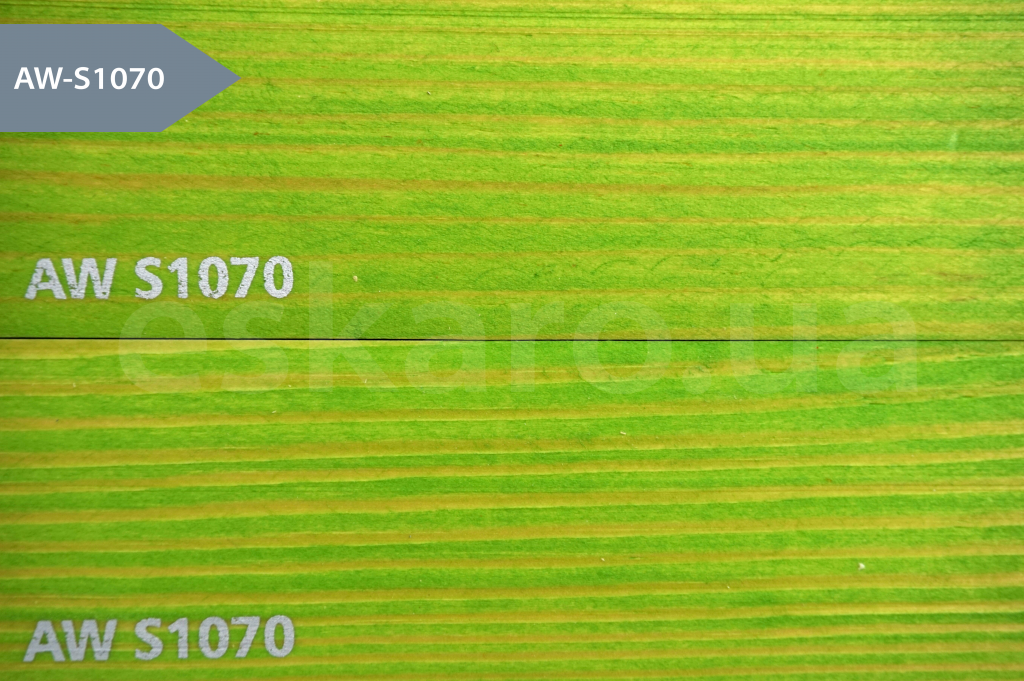
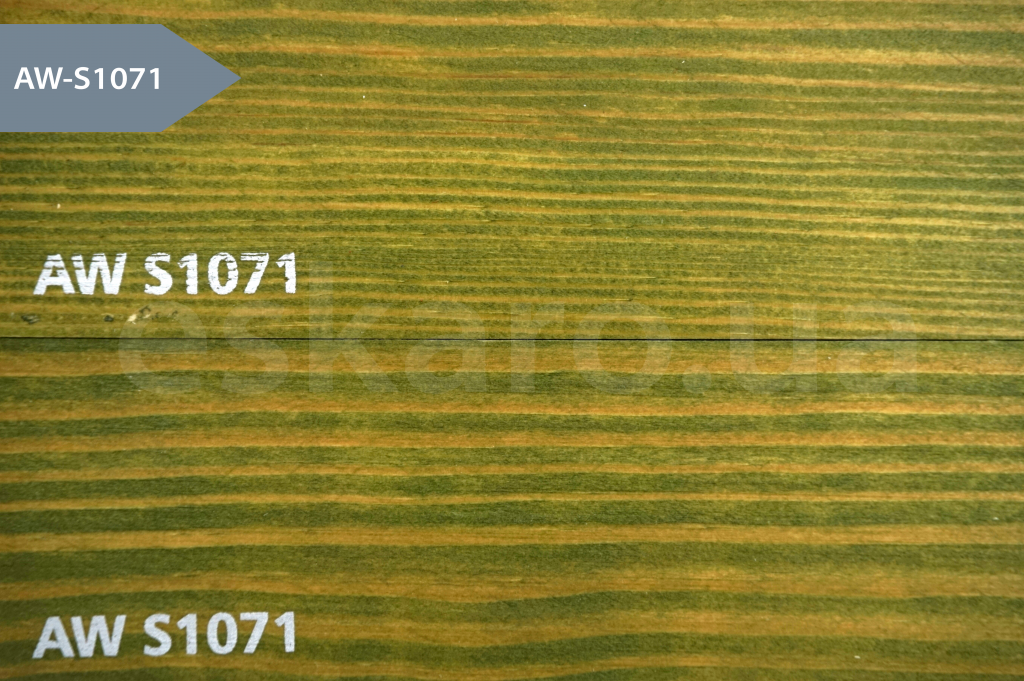
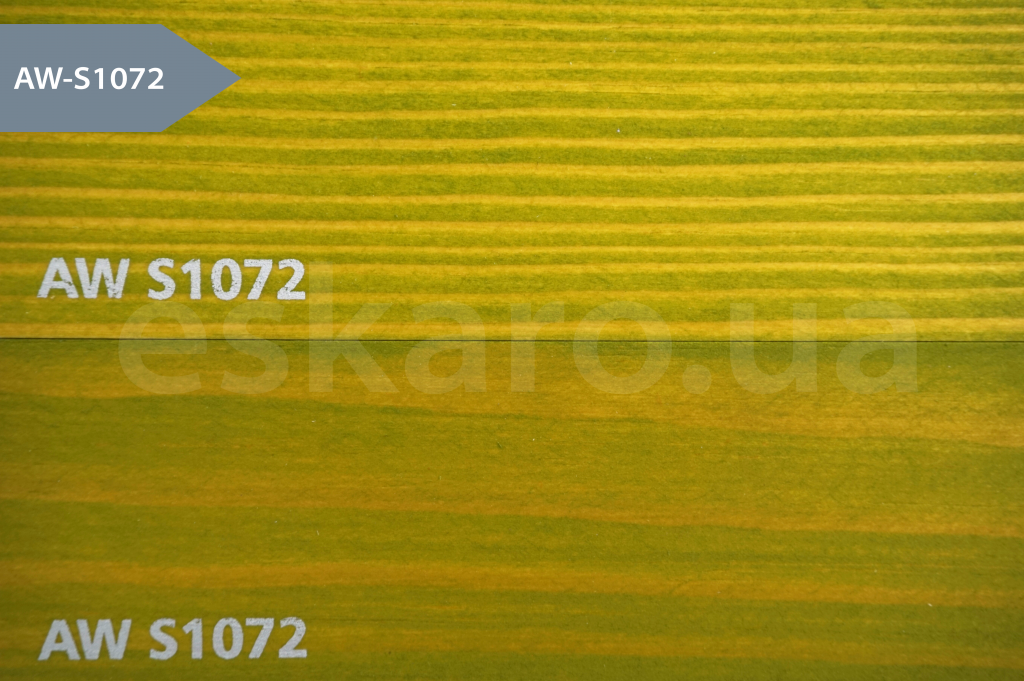
General recommendations for applying tinted transparent and translucent wood preservatives, varnishes, oils
The tinted product must be applied in thin, even layers with a brush along the wood fibers from the beginning to the end of the board, and rubbed well into the wood surface. If the application of the product allows the use of a roller, then the wet layer of the product applied with the roller must be leveled with a brush. After the first layer of the product dries, as a rule, the fibers rise on the surface of the wood, giving the surface a roughness. If they need to be removed, this must be done carefully so as not to remove the colored film of the product along with the pile, without pressing, sand the surface with fine-grained sandpaper (№ 240).
Attention! The structure of the wood surface significantly affects the color saturation of the coating. Rough and porous substrates absorb products more strongly and therefore appear darker (saturated) than smooth and well-polished ones. The perception of the color of the coating is also affected by the degree of gloss of the coating. Glossy surfaces appear more saturated and darker.
Features of using tinted transparent and translucent wood preservatives, varnishes, oils
1. Color, color saturation and opacity.
The color of the wood itself (including the colors of its texture and pattern) will be visible through the translucent tinted product and will affect the final color of the coating. The final color of the coating is also affected by the type of product, namely its binder. Alkyd and oil products add a yellowish-brown shade of the resin of their binder to the main color tone. Acrylic products form a transparent colorless film. The thicker the layer (film) of the dried tinted translucent product, the darker it is (its color is more saturated), and the higher the opacity of the coating and the worse the wood texture will be visible. A thick layer of tinted product can cover the surface like paint. If it is necessary to obtain a tone that is lighter than on the sample, the tinted product must be diluted with a non-tinted product.
2. Gloss (gloss).
If, when applying a tinted translucent agent, the required wood color has already been obtained, but the gloss (due to strong wood absorption) has not yet been achieved, then 1–2 layers of untinted agent will need to be applied on top of the tinted agent until the required degree of gloss is achieved.
3. Texture (grains, annual rings, knots) of the wood.
To obtain the maximum effect of the wood texture, it is necessary to apply the tinted translucent agent to an unprimed surface. However, as a rule, this is possible during interior work, because during exterior work, the use of a penetrating biocidal primer (containing a binder) for wood is almost always recommended. If the wood surface has been primed with a transparent primer containing a binder (or pore filler), the absorbency of different areas of the wood is reduced and evened out, and because of this, the contrast of the wood pattern on which the tinted product is applied is reduced.
Recommendations and conditions for tinting products
- 1. The final color of the product on the wood surface is achieved only after it has completely dried.
- 2. Oil-based products (both organic and water-based) can give the surface additional yellowness and warmer shades (compared to the samples in the catalog). The peculiarity of oil is that it is completely absorbed into the wood and forms a matte surface, the color of which may seem less saturated (compared to the samples in the catalog). It is not recommended to tint oil in bright, saturated colors, because in such cases a large number of pigments cannot penetrate into the wood with the oil (especially if the wood is sanded or hard) and they remain on the surface. If these excess pigments are not removed immediately after application, they will eventually be wiped off and “stains” will appear on the surface. After treating the wood with an oil-based product, excess oil is removed from the surface along with excess pigments, so the final color will be lighter (compared to the samples in the catalog).
- 3. Alkyd organic thinners and water-based thinners can give the wet coating film additional yellowness, which partially “disappears” after drying. In glossy products that form a shiny film, the final color of the coating may appear brighter and more saturated (compared to the samples in the catalog).
- 4. Acrylic water-based materials will not differ from the samples in the catalog. In glossy products that form a shiny film, the final color of the coating may appear brighter and more saturated (compared to the samples in the catalog). 5. A feature of the wood stain "Eskaro Decor Beitz" is increased absorption into the wood, so the final color can be brighter and more saturated (compared to the samples in the catalog).
Recommendation!
To obtain the desired result, it is recommended to tint the minimum factory packaging of the product and perform a test painting on the wood of the object to check the color.





